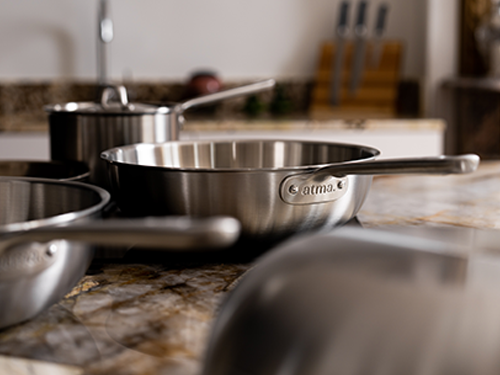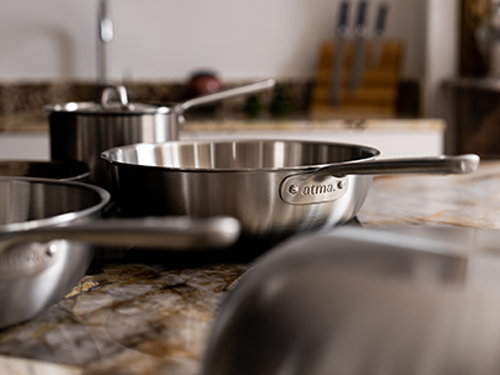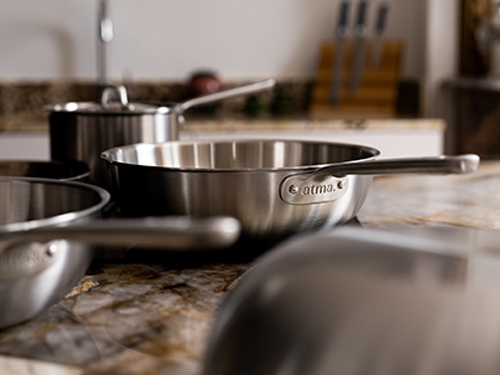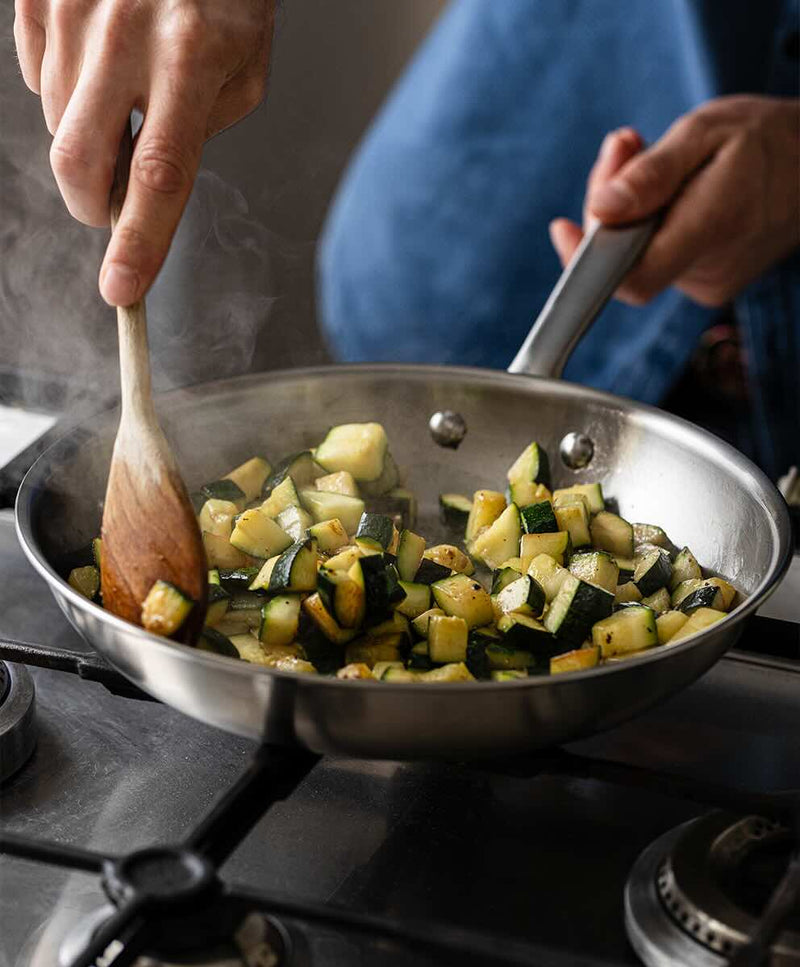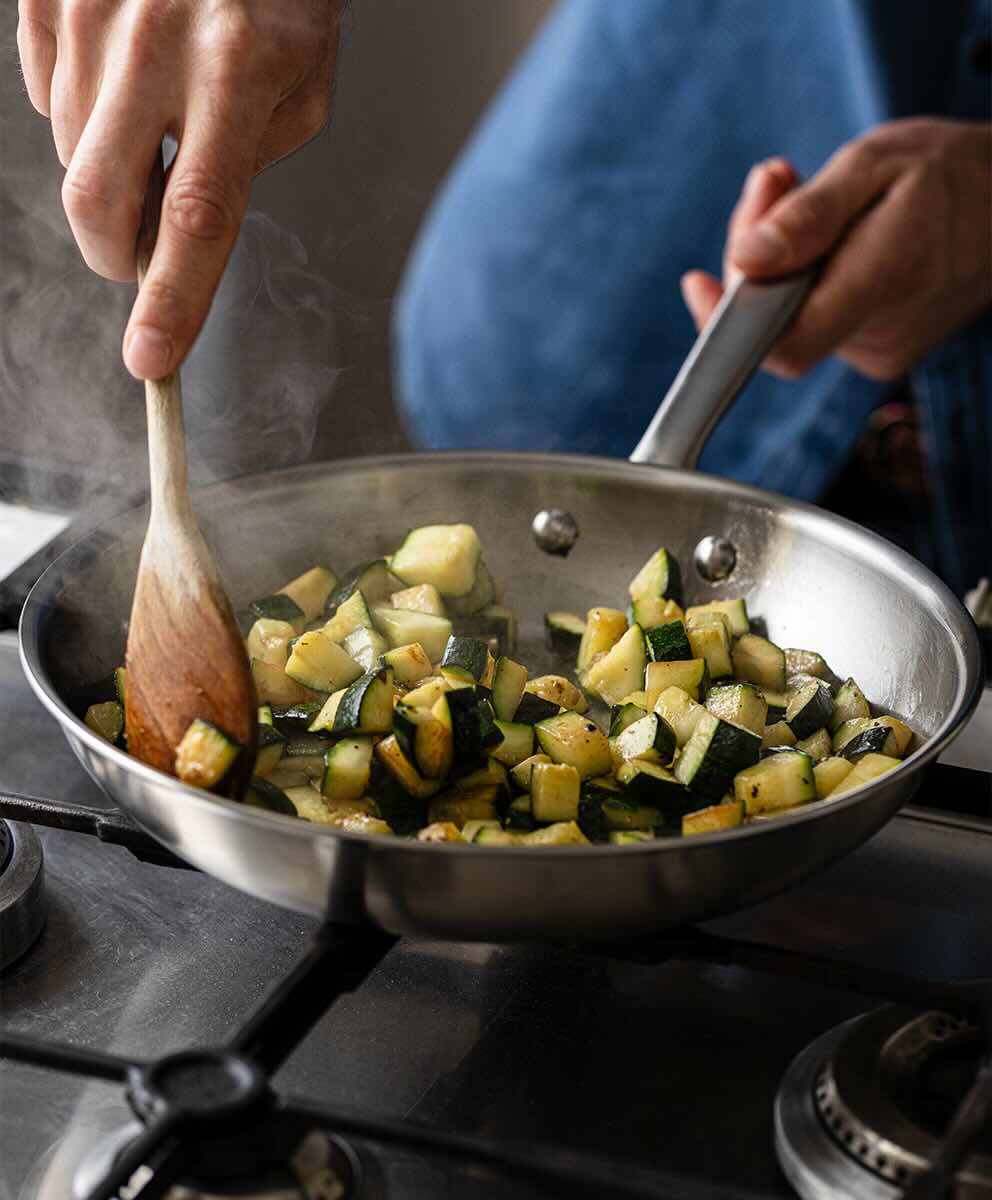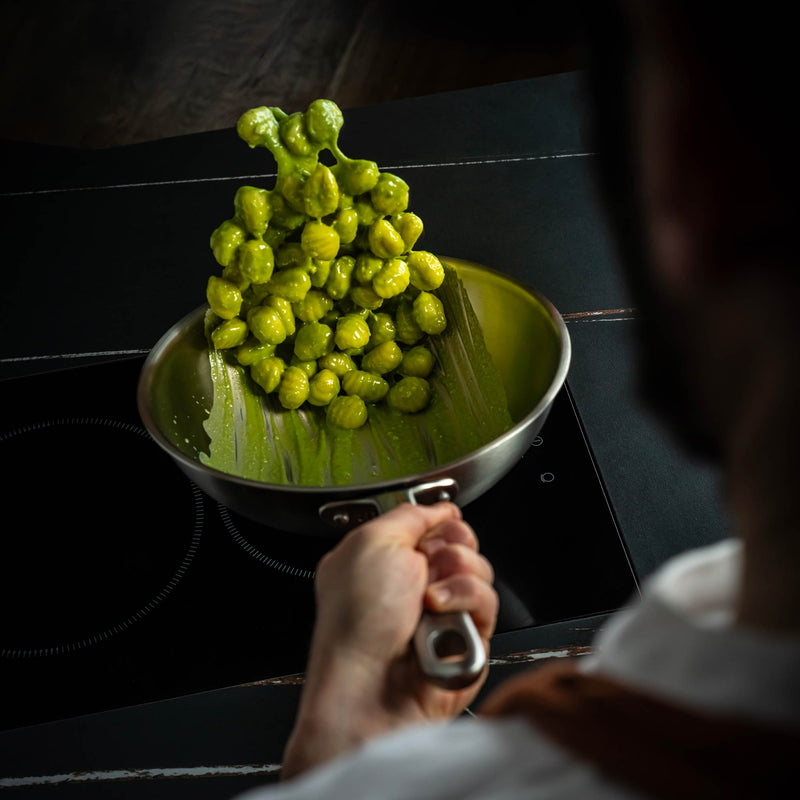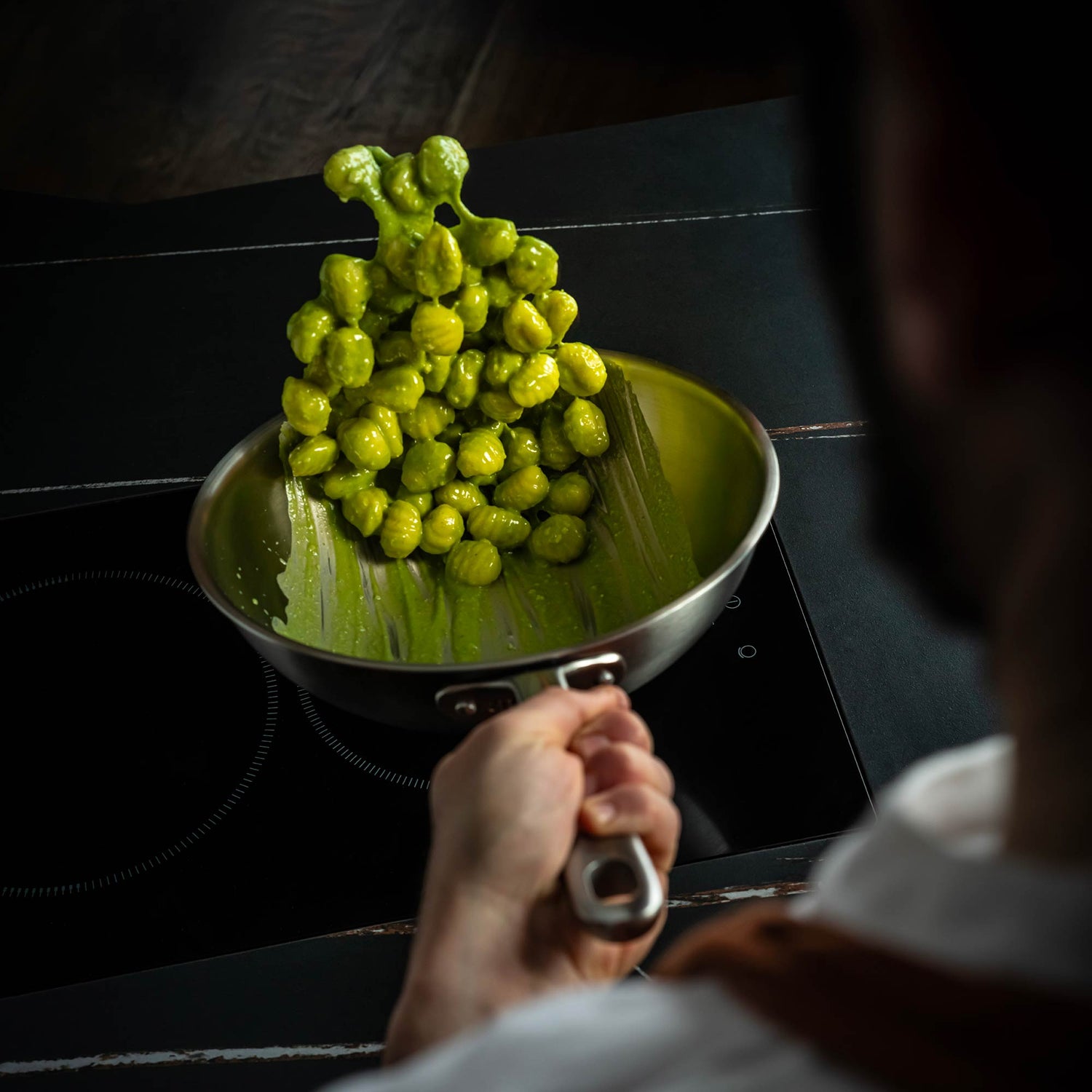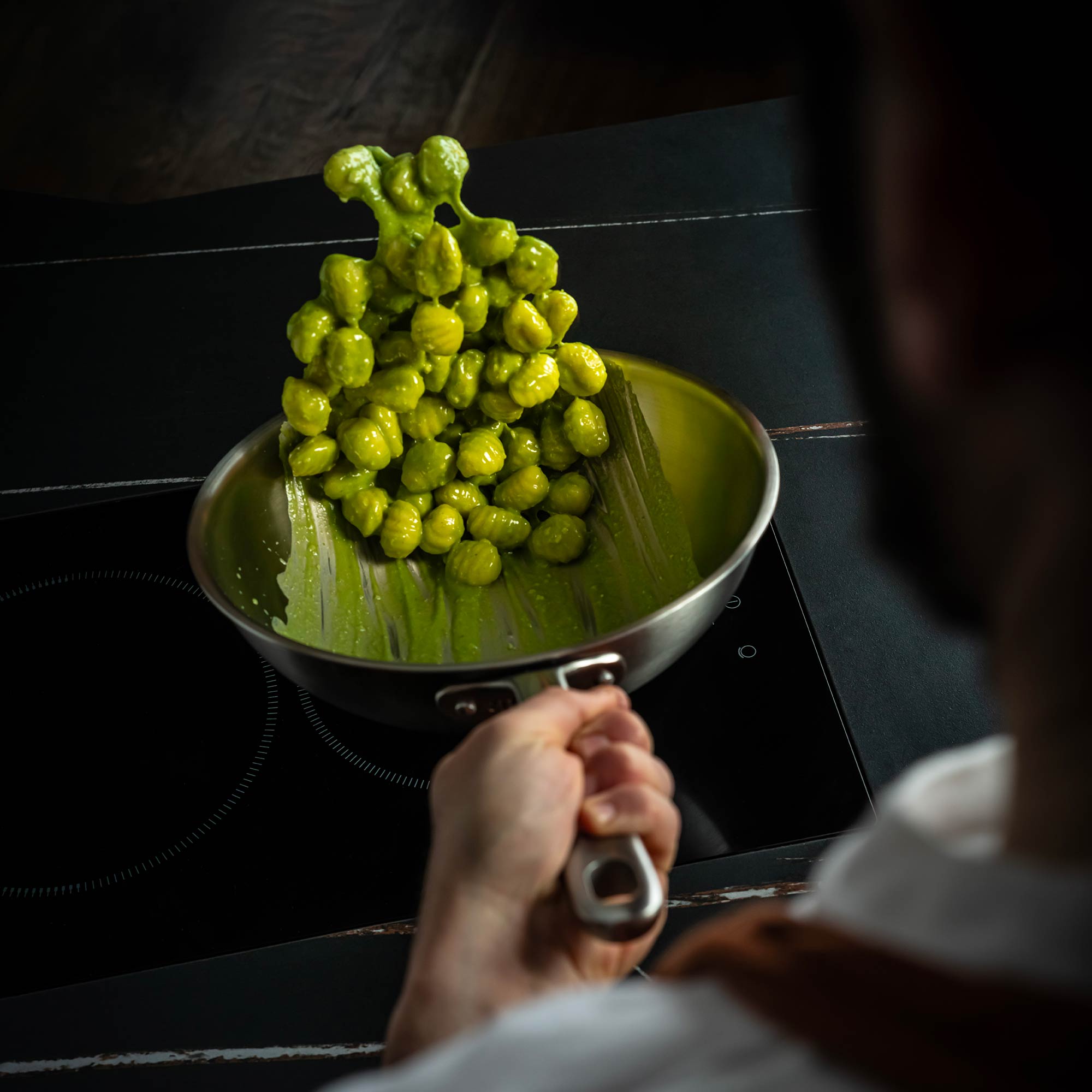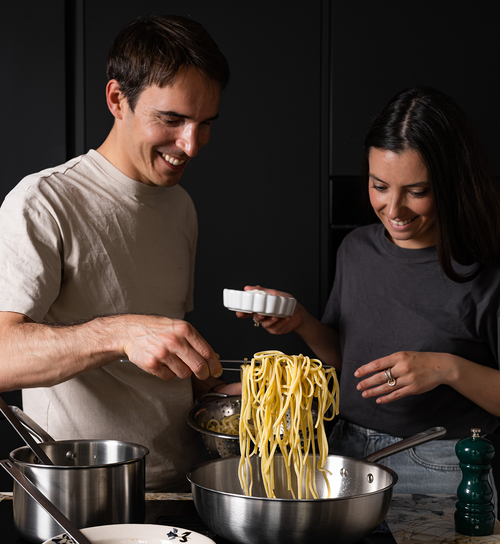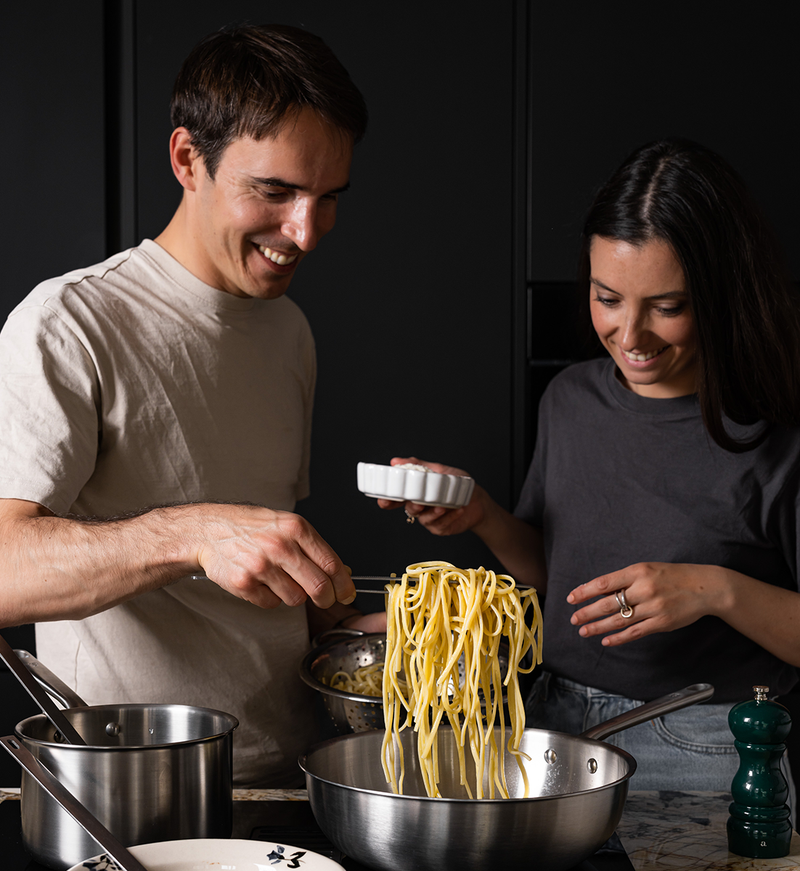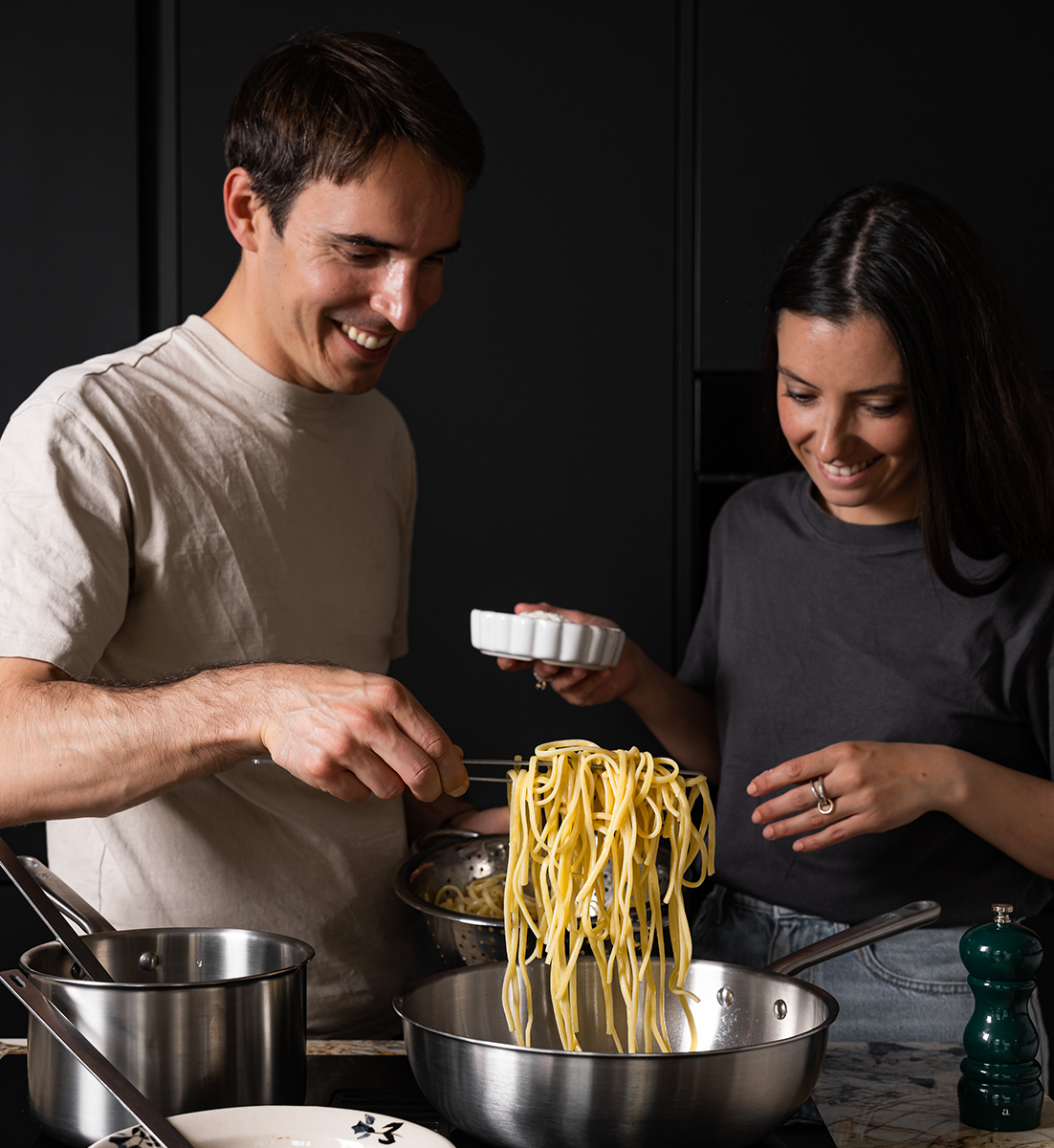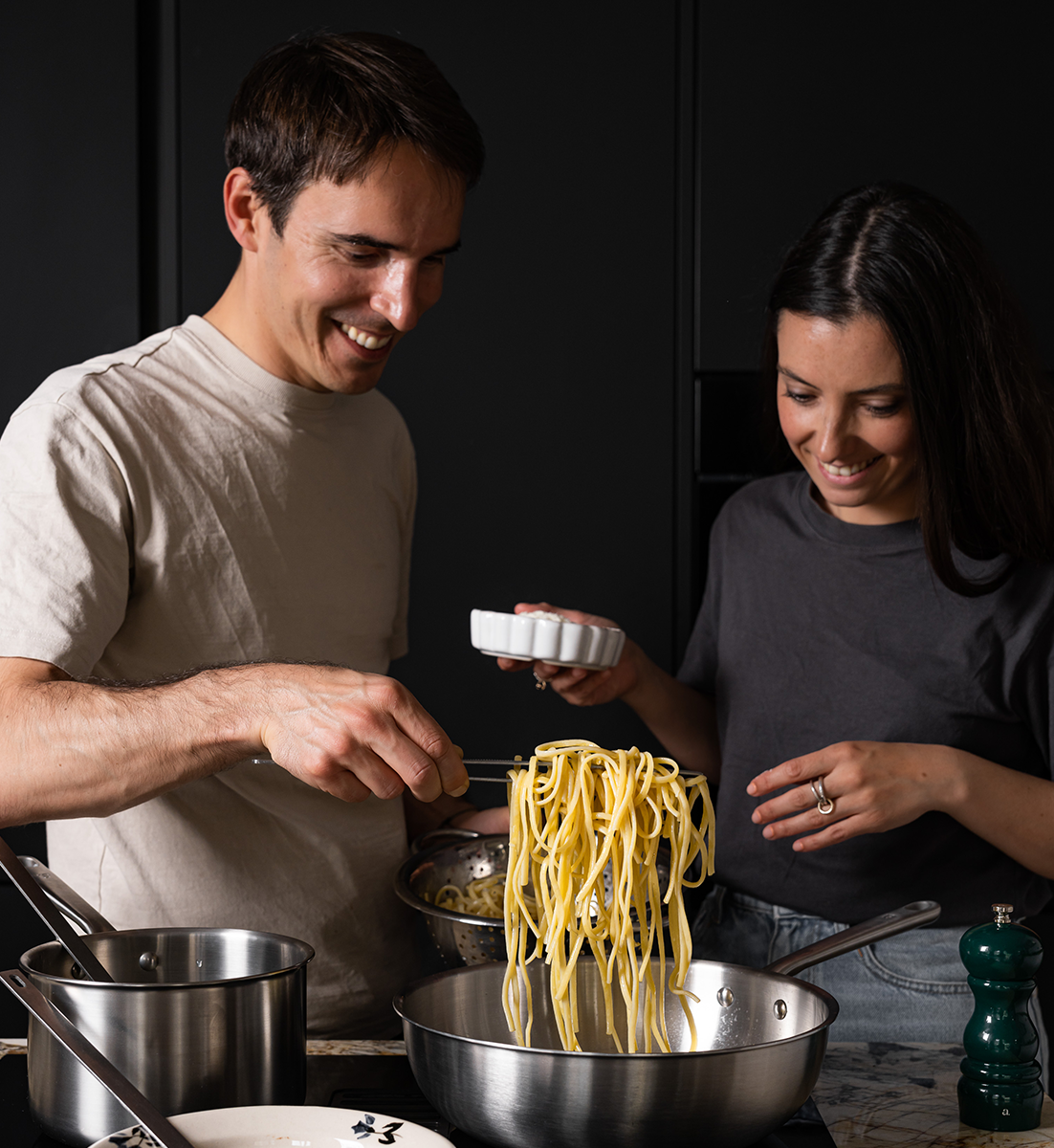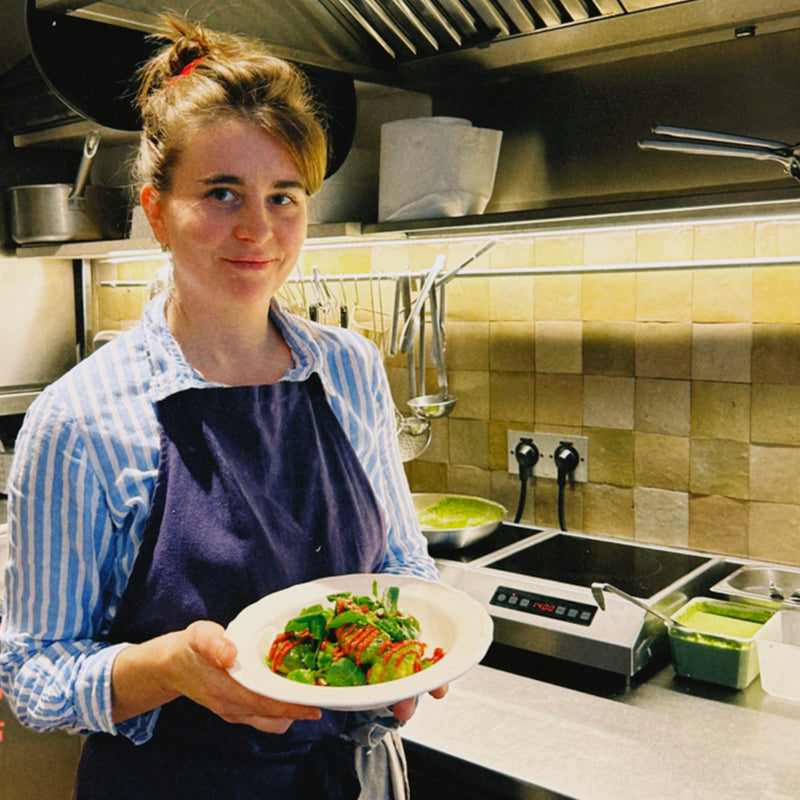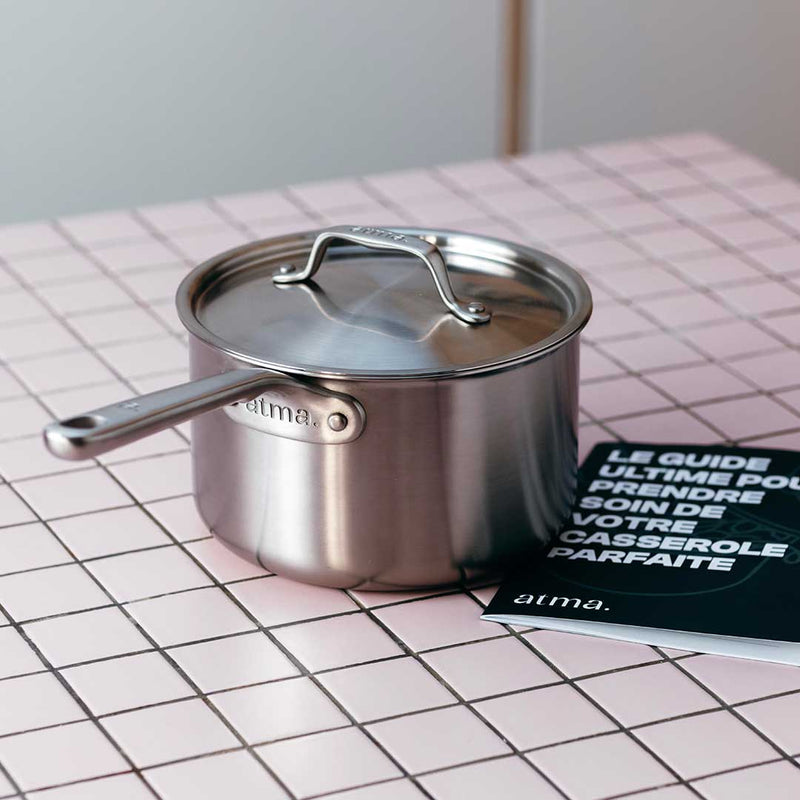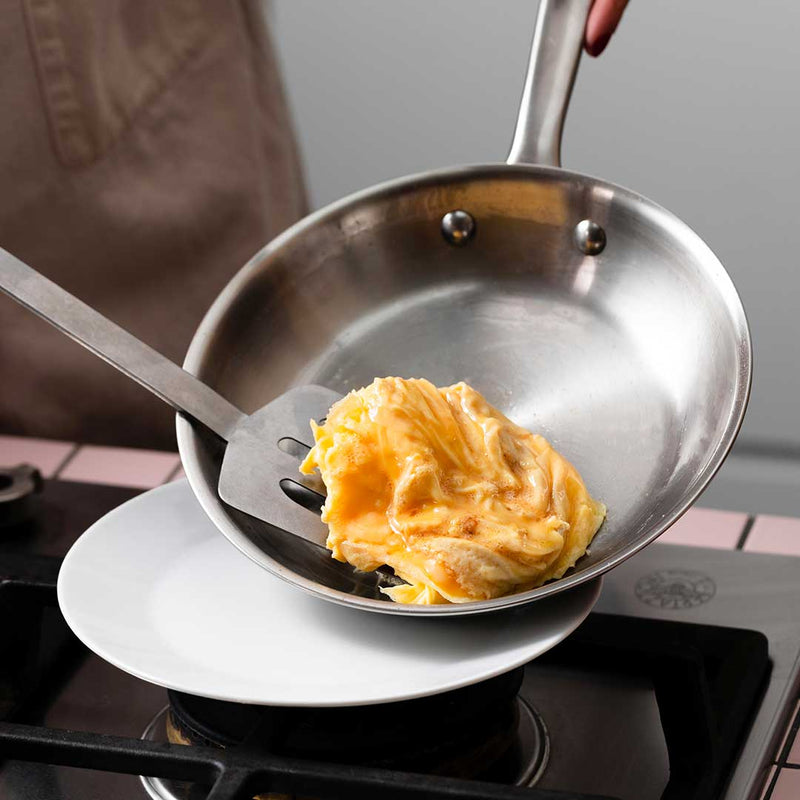How to choose the right cutting board?
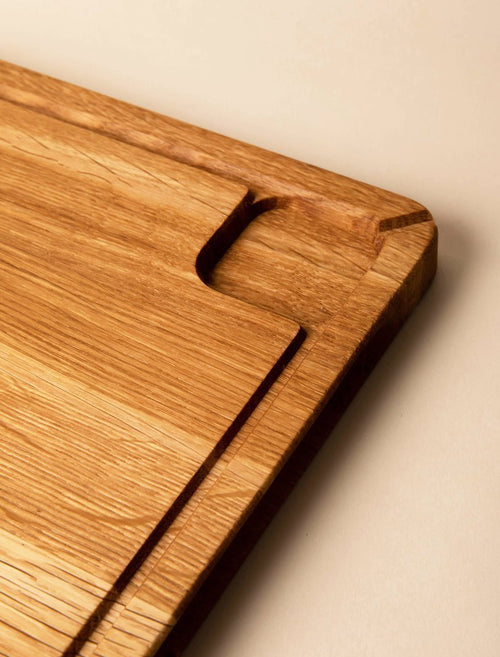
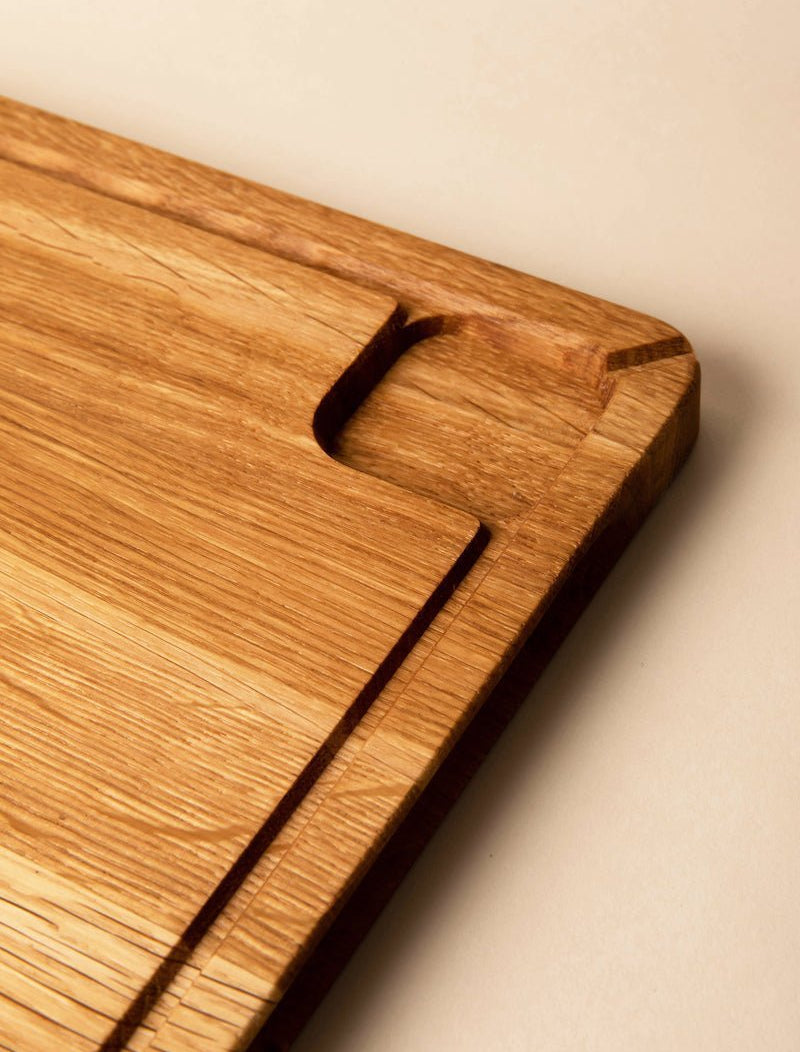
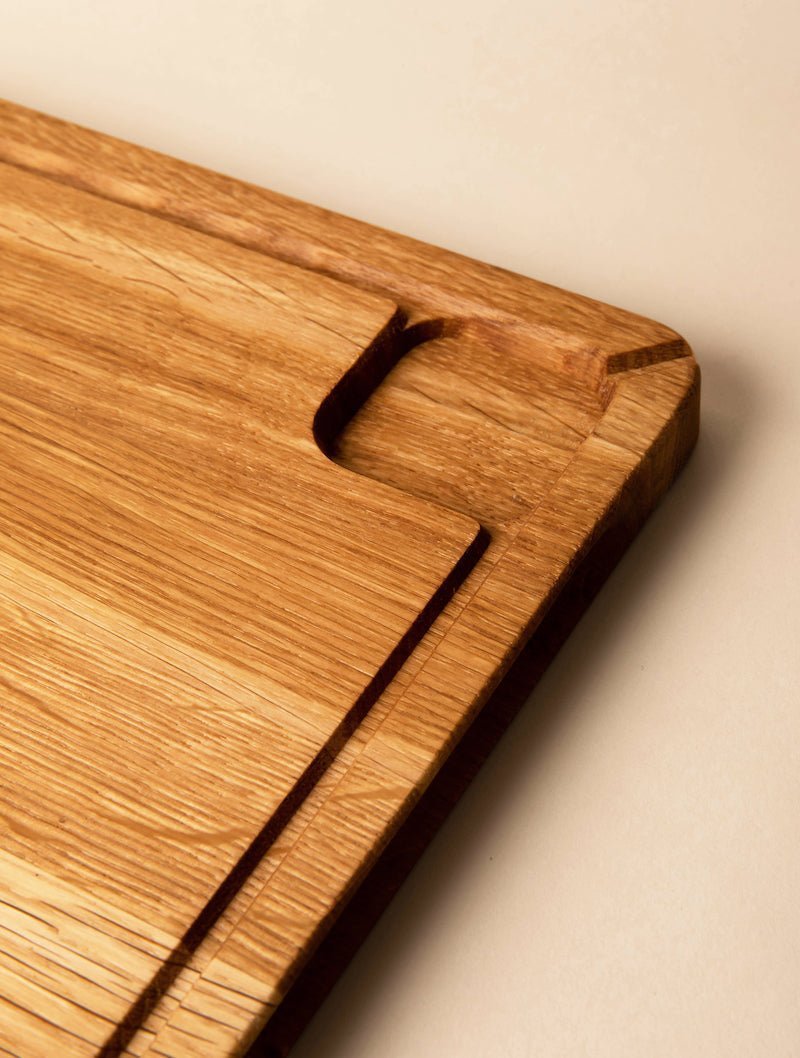
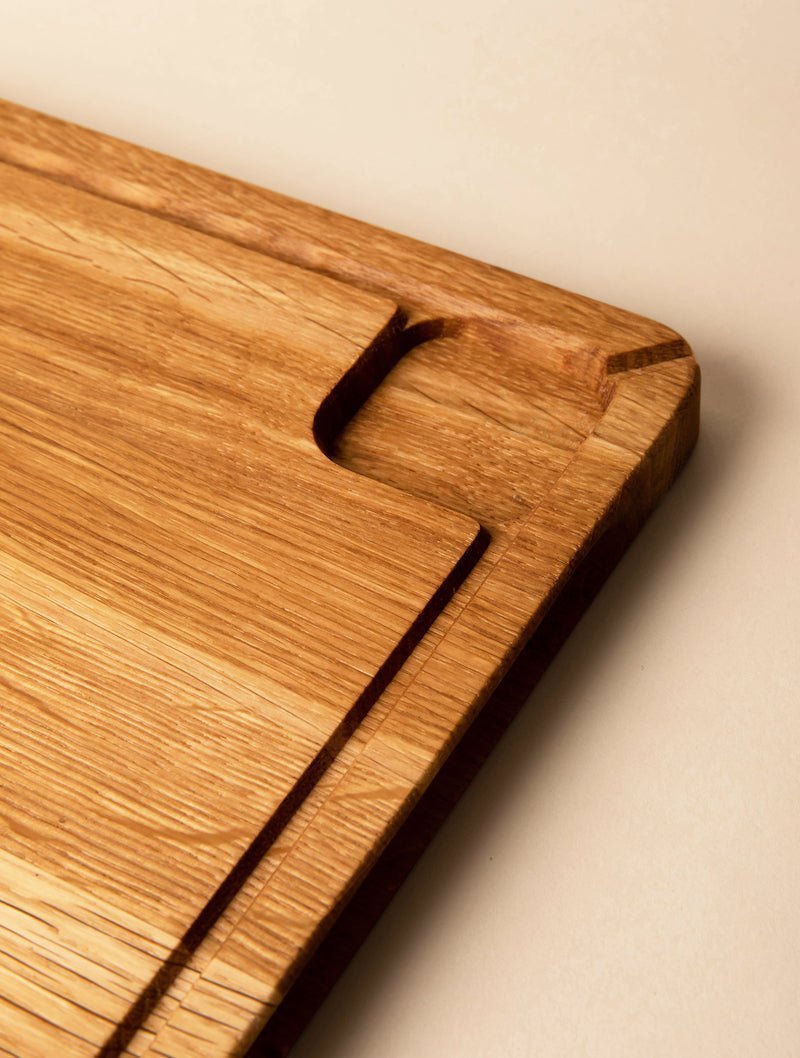




Wood, plastic, glass... what type of cutting board is likely to excite you? It's hard, hard to make a choice among the multitude of options on the cutting board market. Far from being a completely objective choice, aesthetics being central in the selection of your cutting support, there are however some arguments likely to help you choose your cutting board.
To help you understand more clearly, we've listed the main types of boards here, detailing their specific features.
Wooden Cutting Boards
Widely used in kitchens, wooden cutting boards can be made of different types of wood. Beech, oak, bamboo, rubberwood, acacia... Each type of wood will have its own characteristics that will determine the quality or otherwise of a board. For Atma, we opted for the strength of oak.
Wooden boards are recommended for cutting most fruits and vegetables, fish and other seafood, not to mention meat and poultry.
But what are the advantages of wooden boards?
- Hygiene: Although it has a poor reputation for hygiene, cutting boards are nevertheless impeccable. What does this quality owe to? The porosity of the wood, which absorbs bacteria, which then eventually disappear. Some studies even rank wood among the cleanest materials.
- Aesthetics: Compared to plastic and glass cutting boards, there's no comparison: wood has much more character. And the aesthetics of your kitchen utensils are very important: they will motivate you to get behind the stove. At Atma, we opted for oak, a wood that tends to develop a patina over time, making your cutting board unique.
- Sturdiness and robustness: Unsurprisingly, wood is one of the strongest materials, which will allow your board to last over time.
- Value for money: Unbeatable in many ways, the wooden cutting board offers a balanced quality/price ratio.
But since no board is perfect, the wooden cutting board also has some drawbacks, let's be honest:
- Hygiene: Putting a wooden cutting board in the dishwasher is prohibited. This type of washing deeply damages the wood of the board due to its permeability.
Also, be sure to dry the board thoroughly, if you don't want it to soak up water and warp.
Sensitive to odors? Wooden boards may not be for you because they can absorb the odor of food (although there are techniques to remedy this; we'll come back to this in a future article).
Plastic Cutting Board
There's more to life than wood... there's plastic too (although we must admit we're less of a fan). In this category, two types of plastic, with different qualities, compete. Polyvinyl chloride (PVC) boards, which are fairly basic, and high-density polyethylene (HDPE) boards, which are higher-quality boards.
These types of boards offer some very useful advantages in the kitchen:
- Hygiene: Less hygienic than wood, plastic cutting boards still have the advantage of being easily hand-washable. They can also be put in the dishwasher. Since they are not permeable, they limit the risk of cross-contamination.
- Sturdiness: Plastic cutting boards are exceptionally strong. Despite this, when cutting food, the blade of your kitchen knife is not damaged.
- Price: Plastic cutting boards are available for all budgets. Note that HDPE boards are more expensive than PVC boards, but of better quality.
However, it is also necessary to consider the weaknesses of this cutting board:
- Aesthetics: Far from the beauty of a wooden cutting board, the plastic board doesn't make its aesthetic appeal an asset.
- Sturdiness: While these boards are quite sturdy, inexpensive PVC boards can crumble over time.
- Hygiene: Inexpensive PVC boards are full of toxic products and retain food odors.
- Price: Good quality HDPE boards are often expensive.
Glass Cutting Board
Finally, we can mention glass cutting boards, which are rarer but also offer several advantages.
In terms of advantages, glass stands out in terms of hygiene:
- Hygiene: In addition to being dishwasher safe, glass cutting boards are arguably the most hygienic cutting boards. They don't retain odors, prevent cross-contamination between foods, and are easy to maintain.
- Aesthetics: Glass cutting boards are generally aesthetically pleasing.
Unfortunately, these advantages are in isolation and come with several drawbacks:
- Sturdiness: Glass is a more fragile material than wood or plastic. Your cutting board is therefore at risk of breakage, and there is a risk of injury. Furthermore, the edge of your kitchen knives may be damaged if they come into contact with the glass board. It is therefore not recommended to use this type of board for your cuts. Instead, use it to finalize your preparation.
- Noise: The sound of the blade on the glass can be unpleasant.
Conclusion
Now that you know more about the advantages and disadvantages of each type of cutting board, it's up to you to make your choice. At Atma, we have chosen awooden cutting board, for a unique look.
Note that purchasing multiple cutting boards, which you can use for specific tasks, is also a good idea to always ensure you're cutting your food on the right surface and avoid cross-contamination!

Discover our best sellers
By Romain De Bona




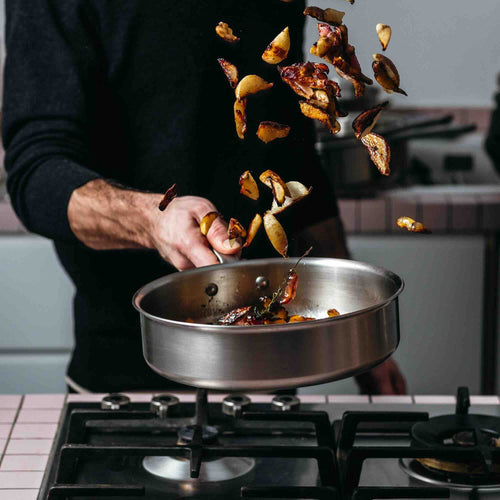

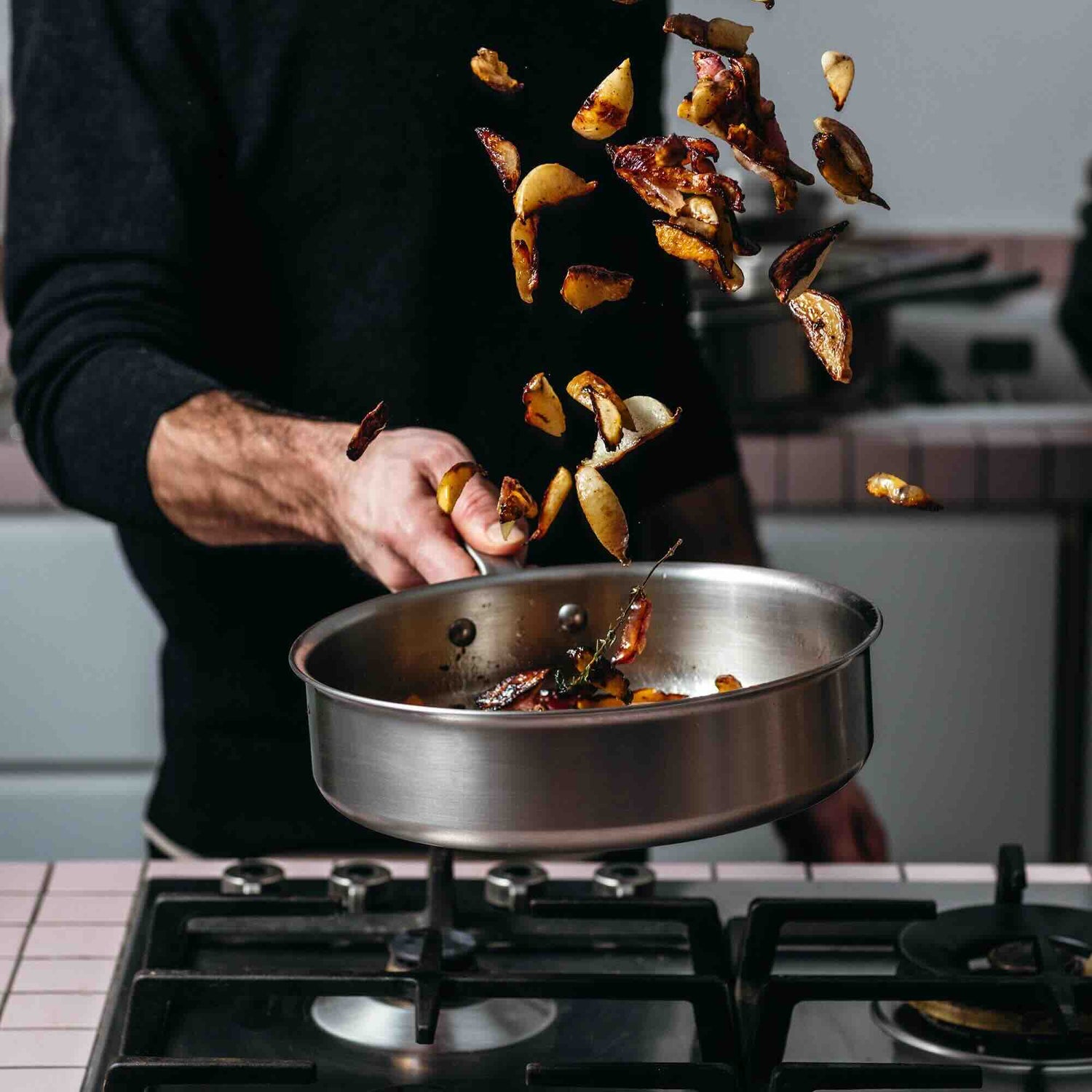
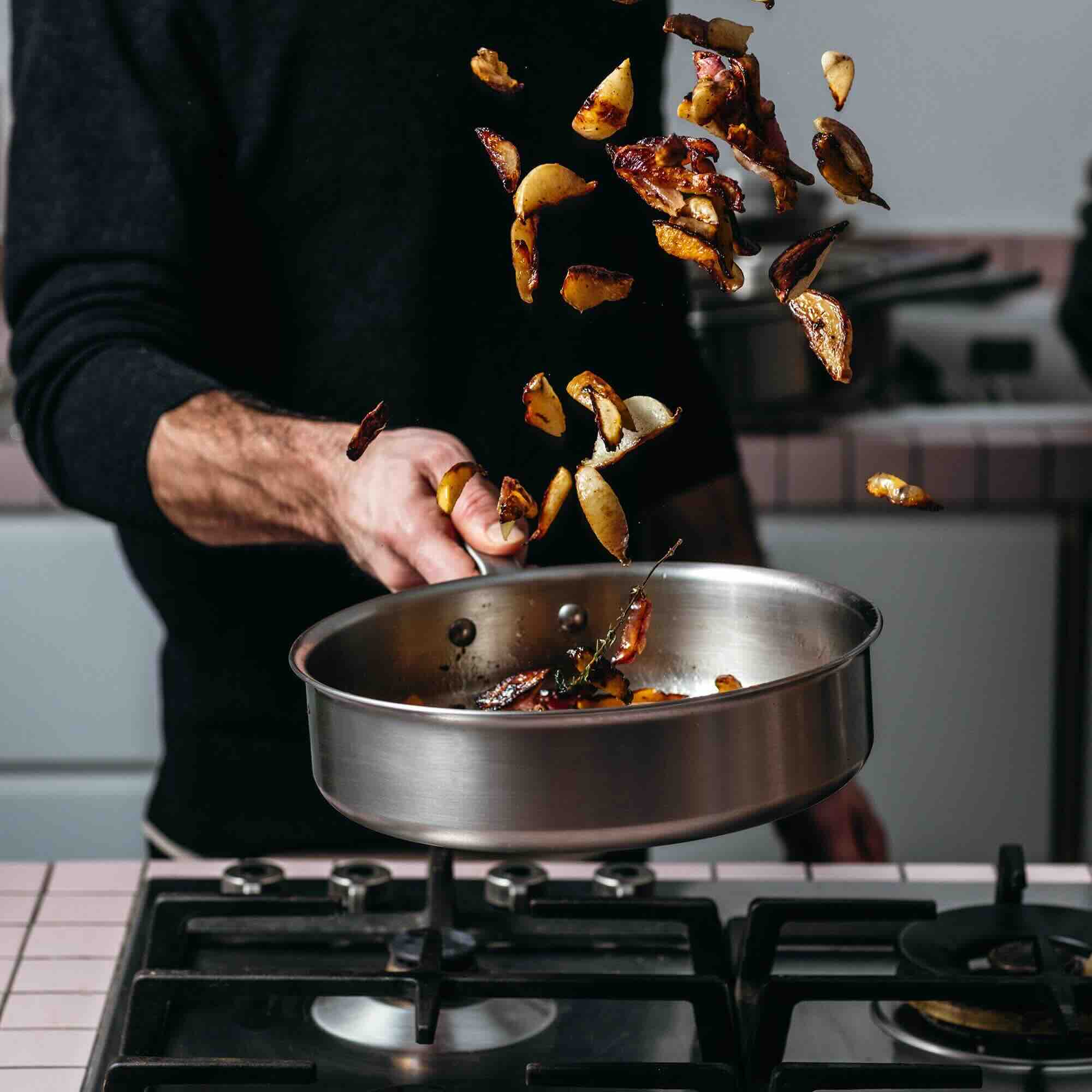
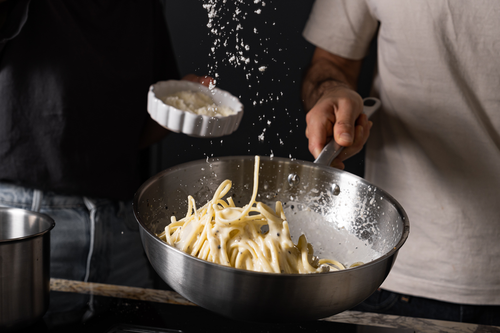
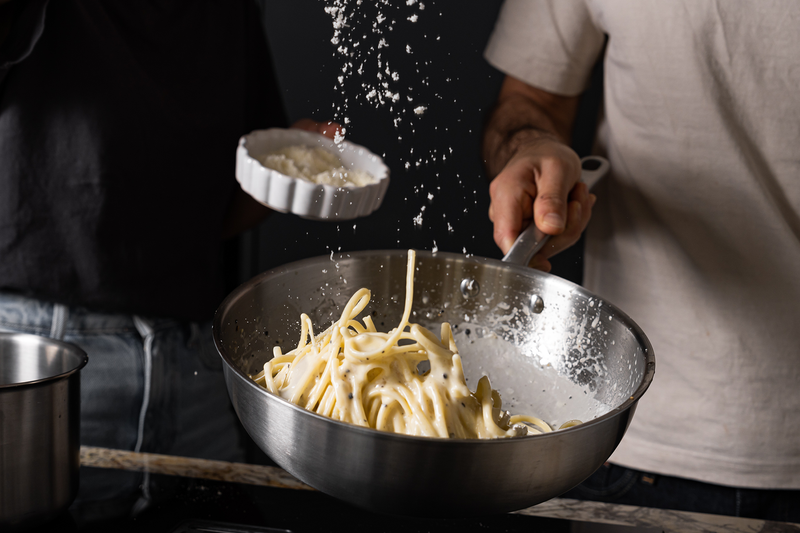
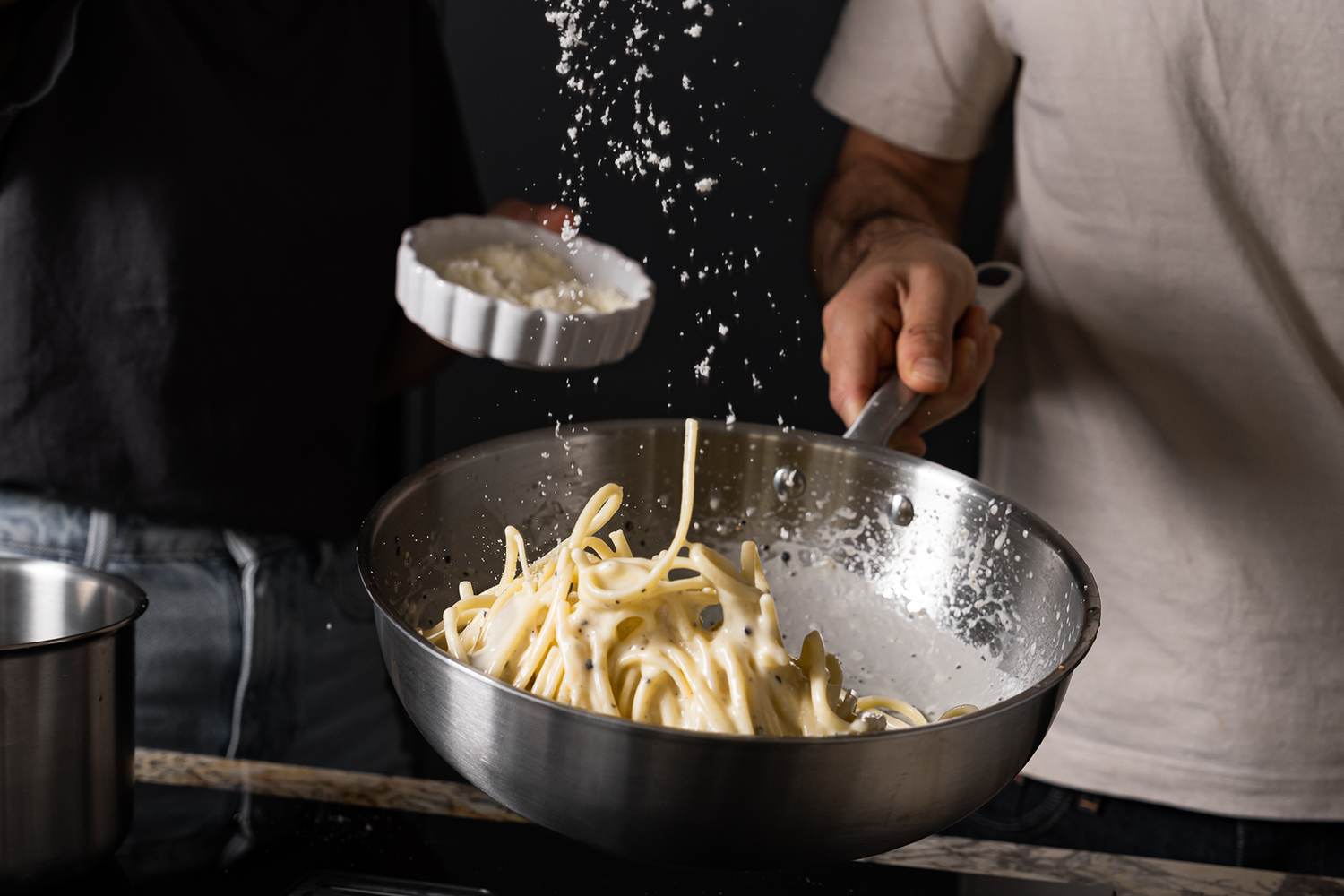
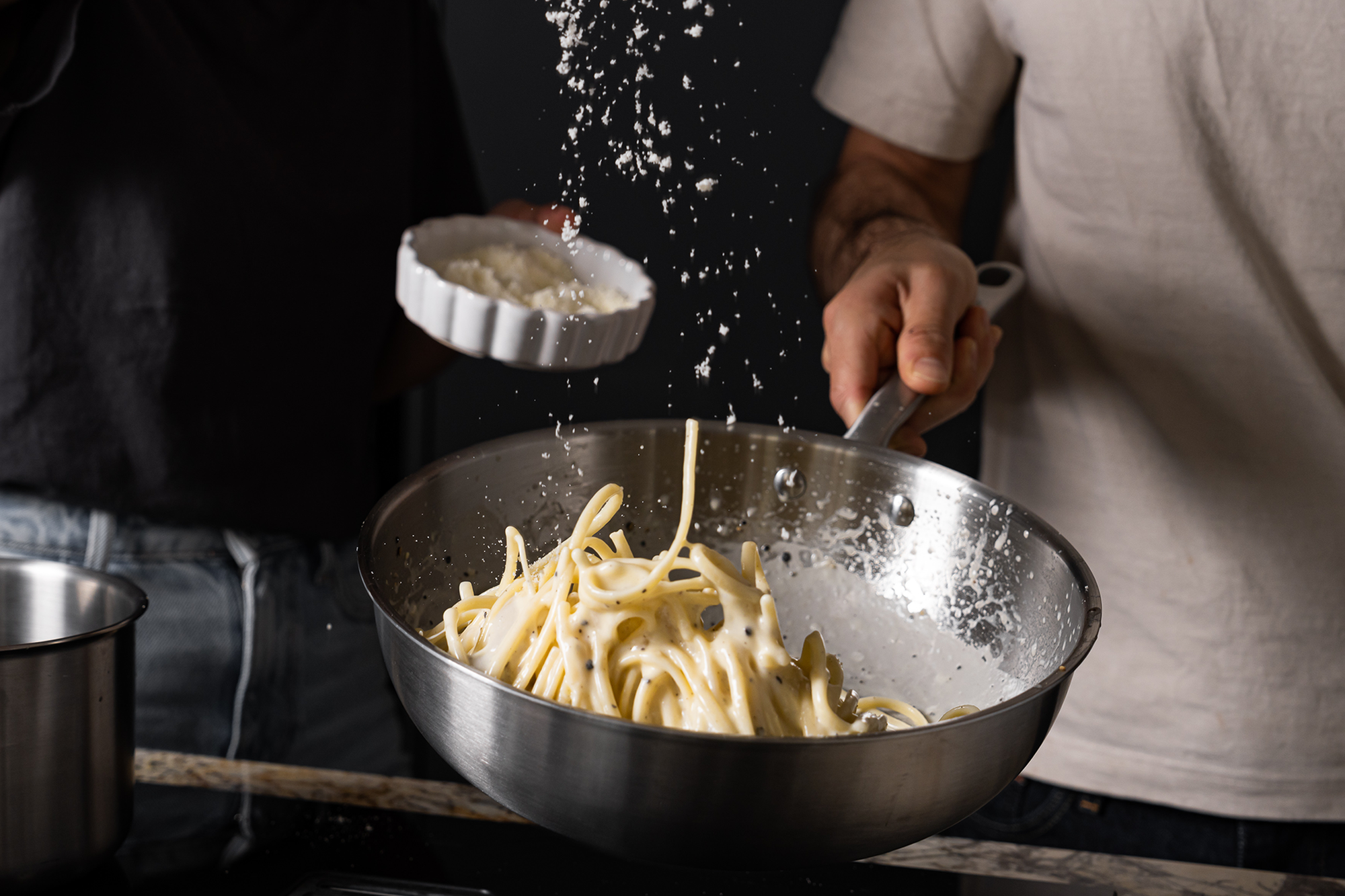
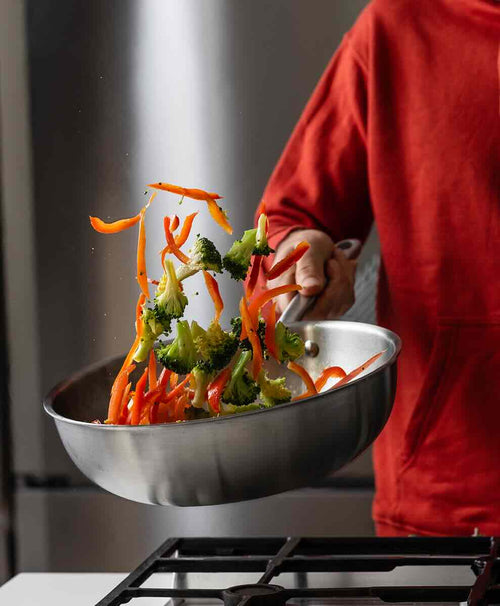
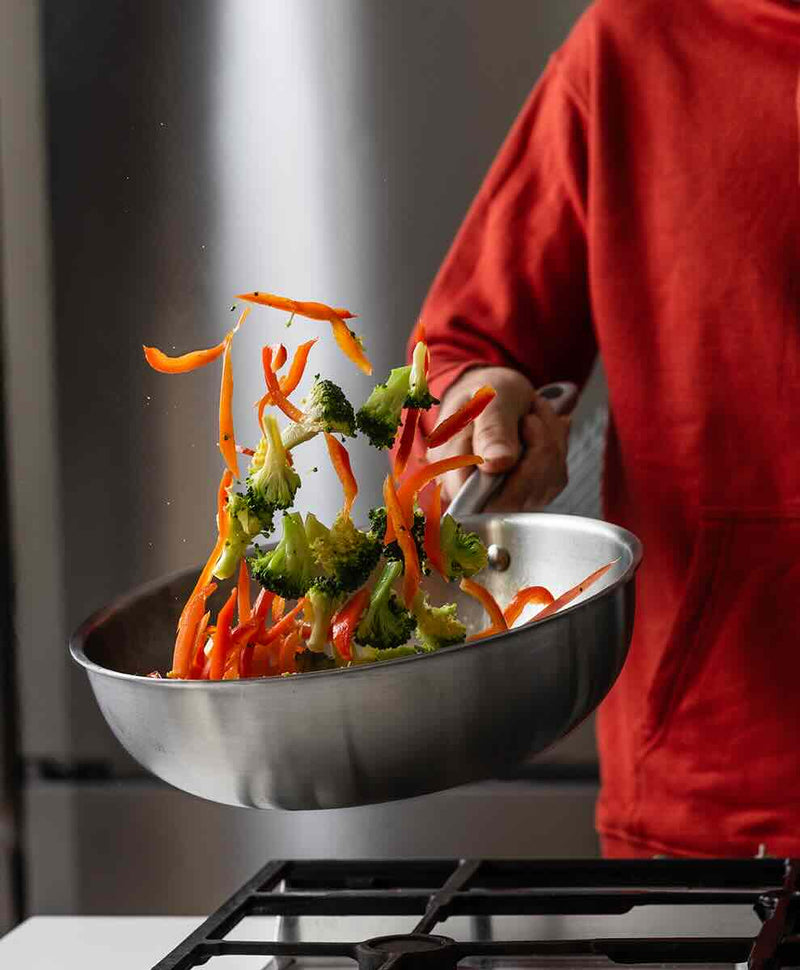
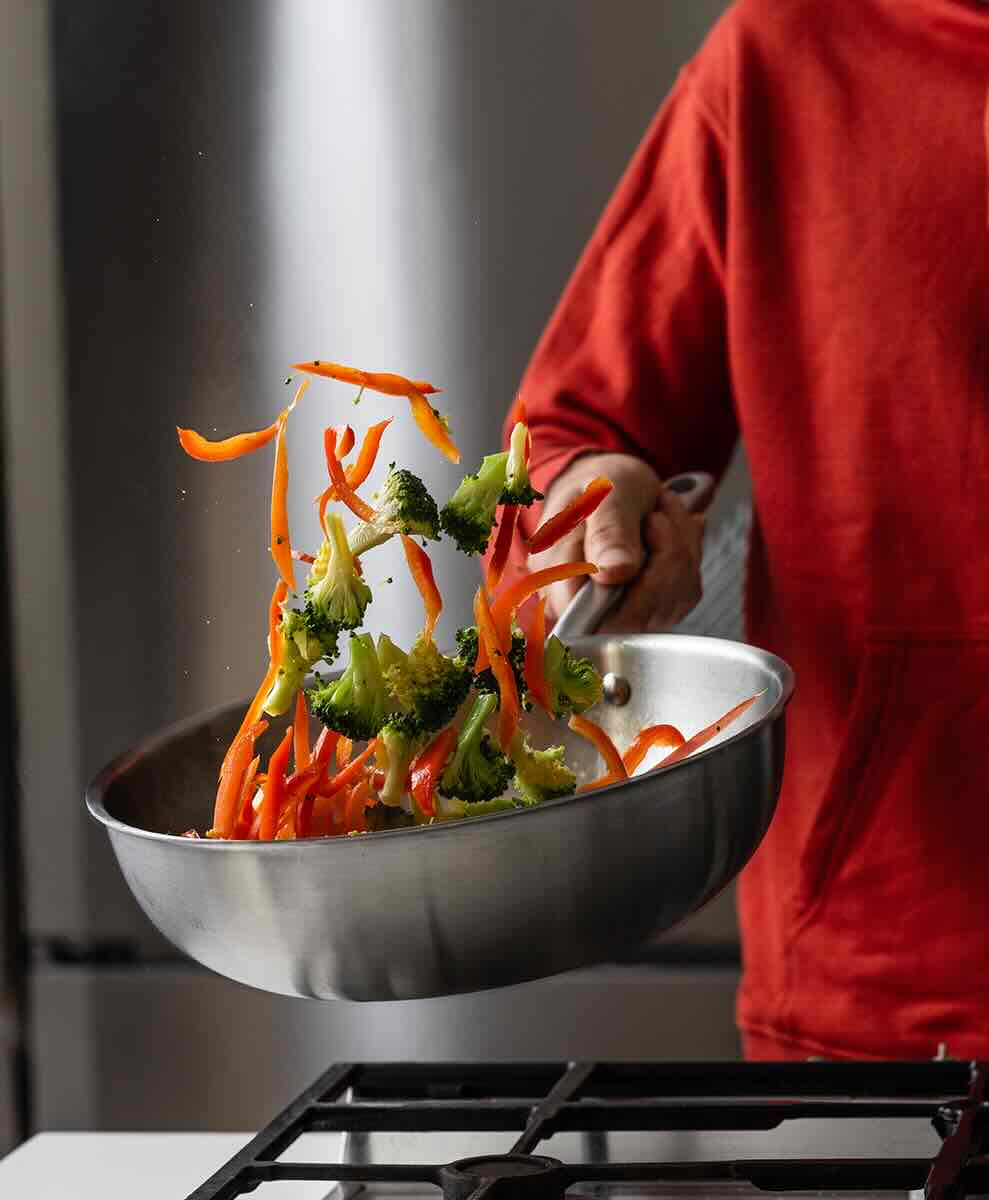
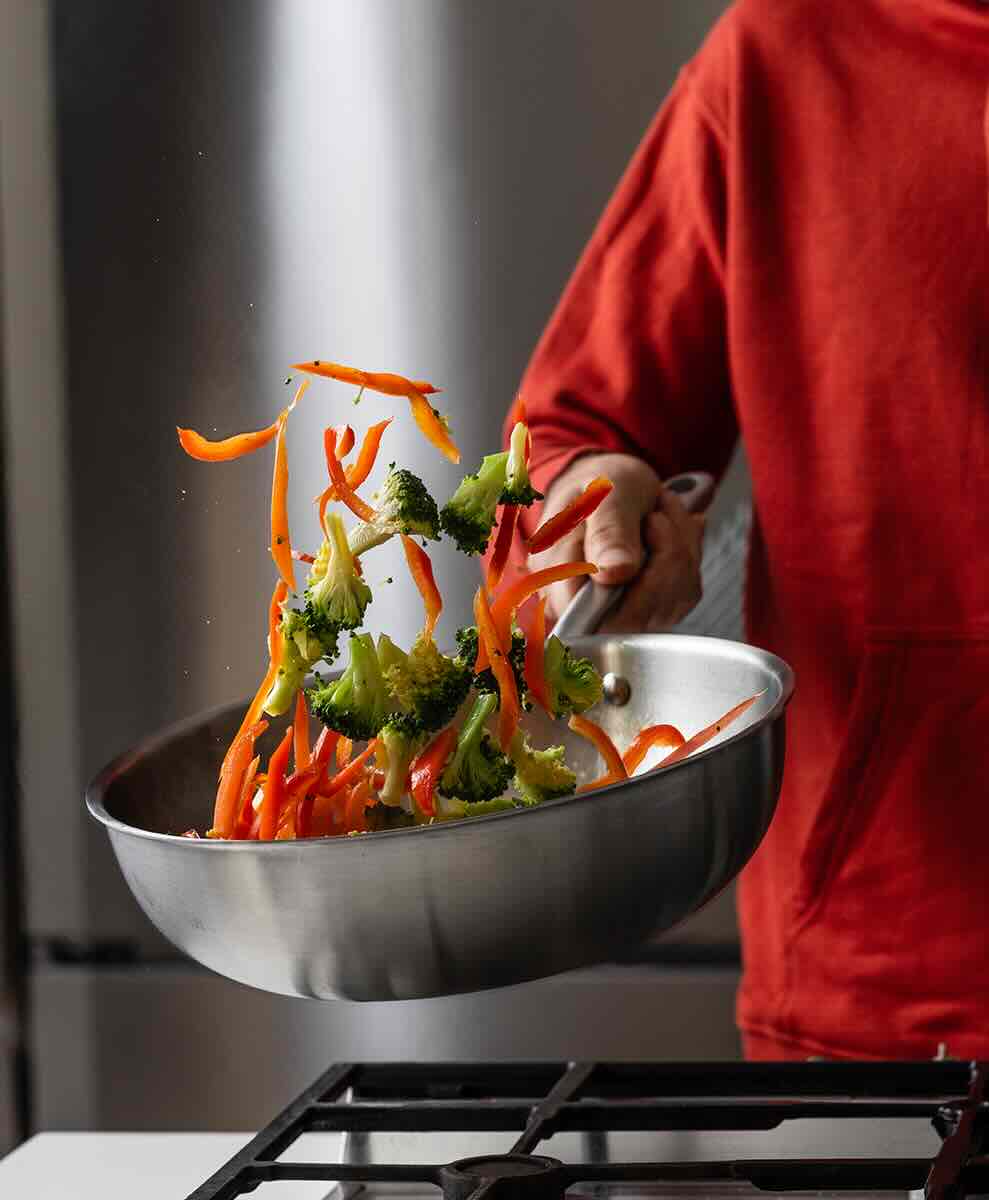
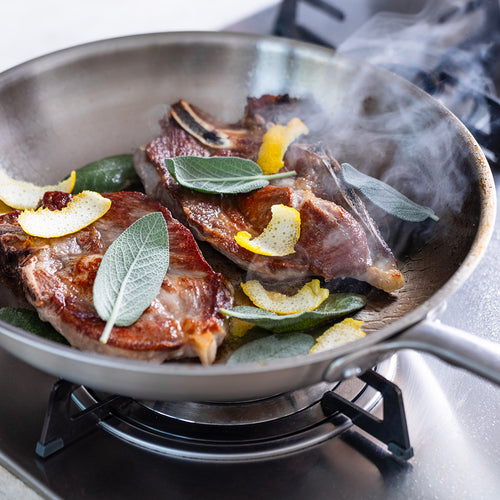

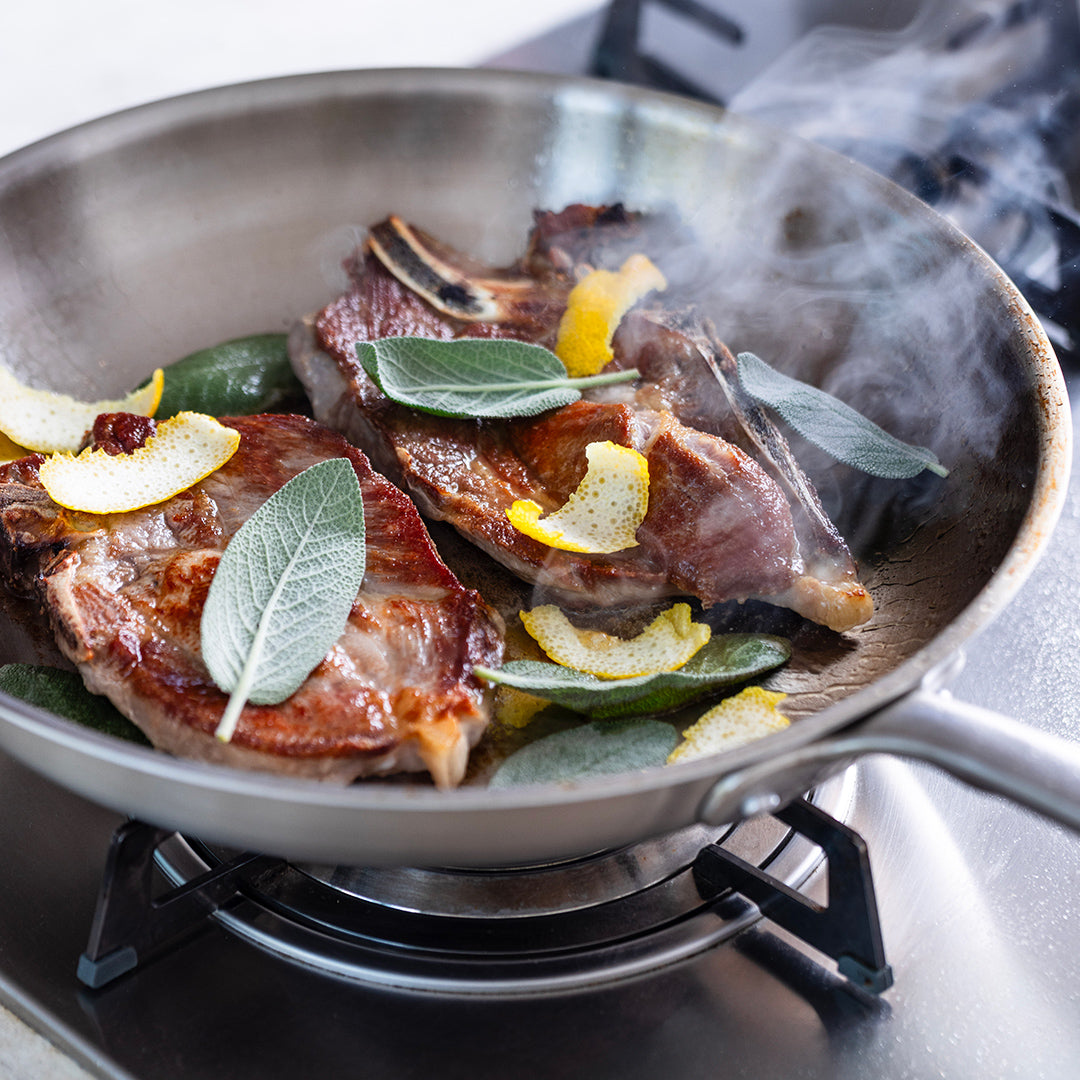

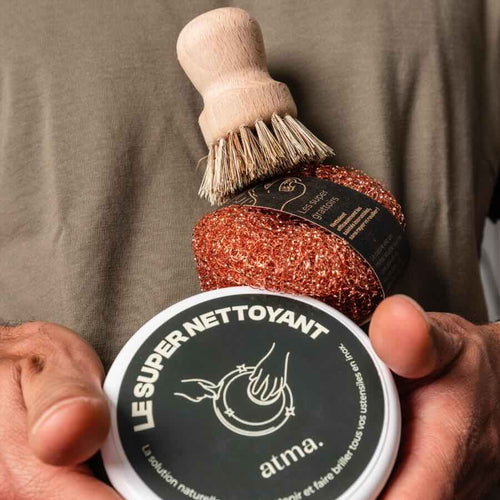
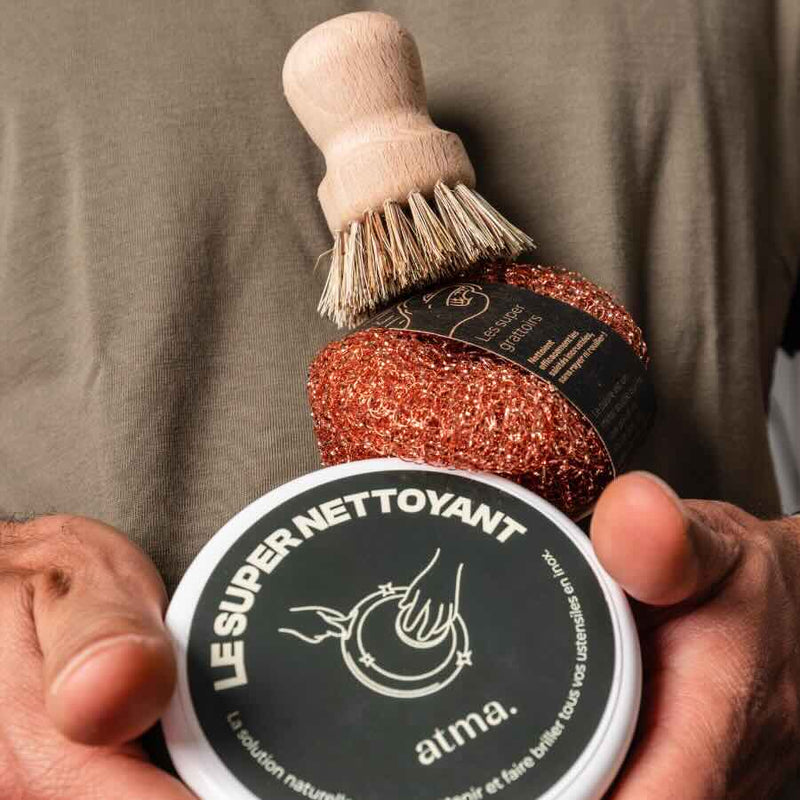
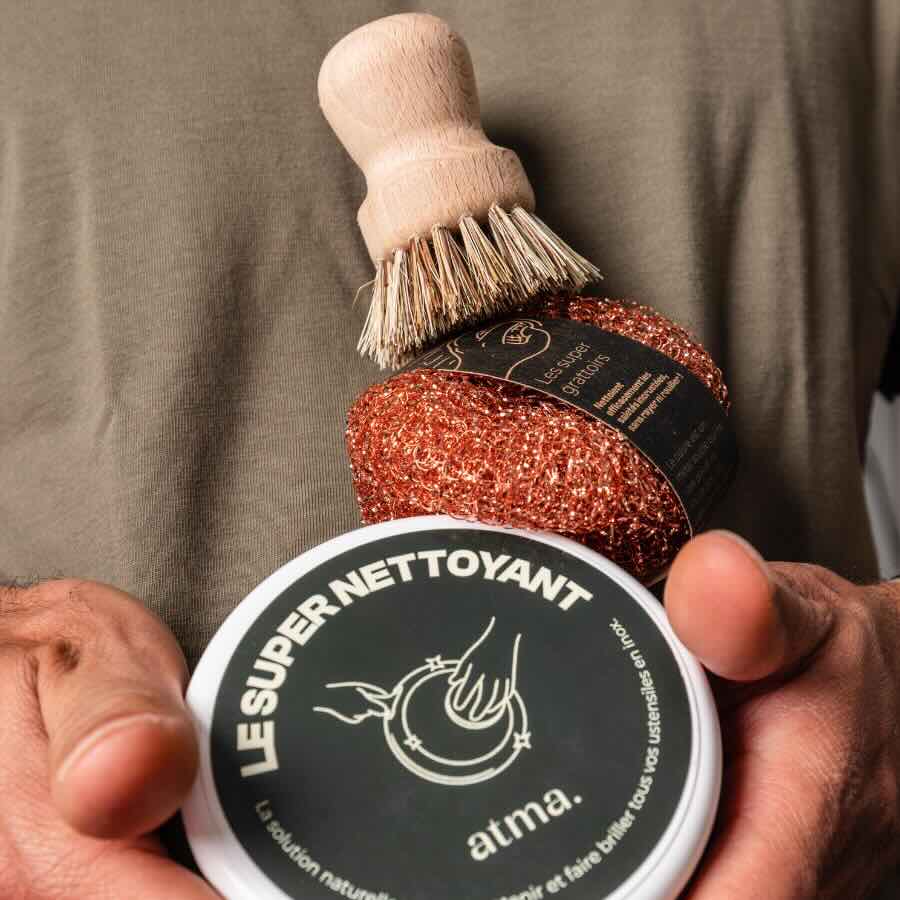
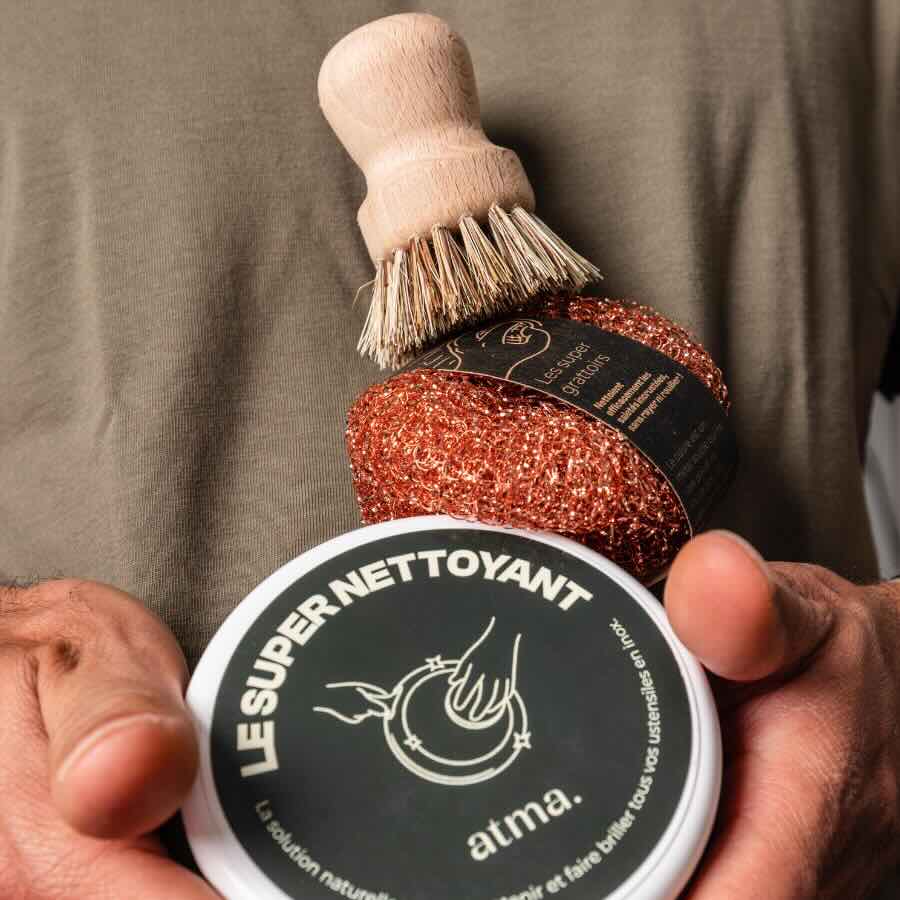

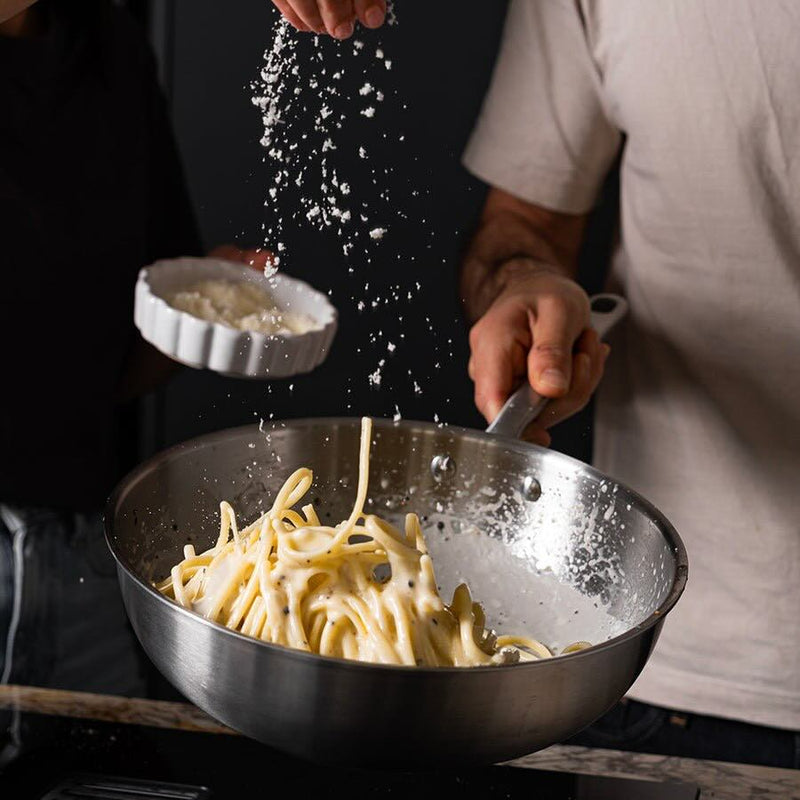
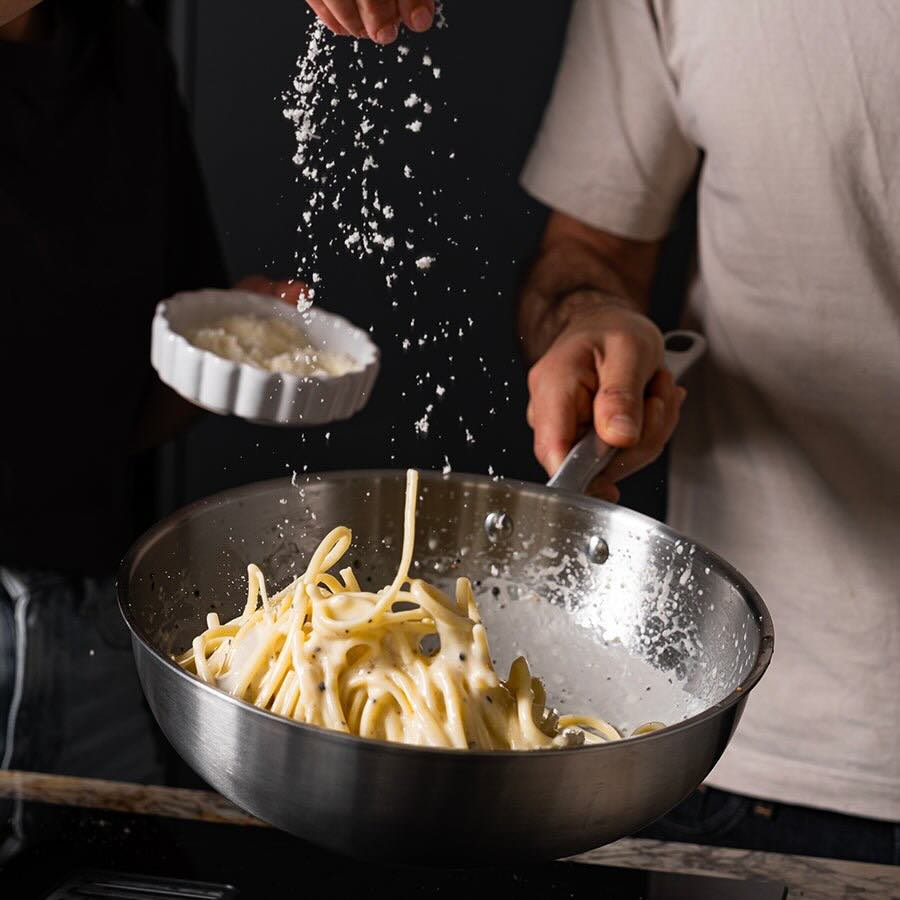


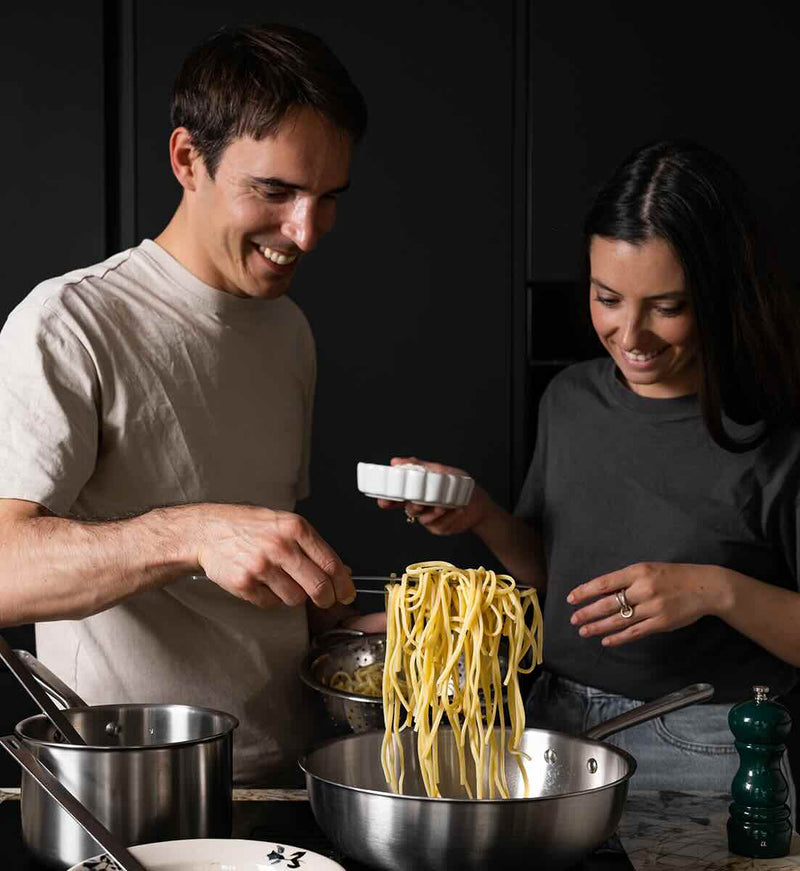
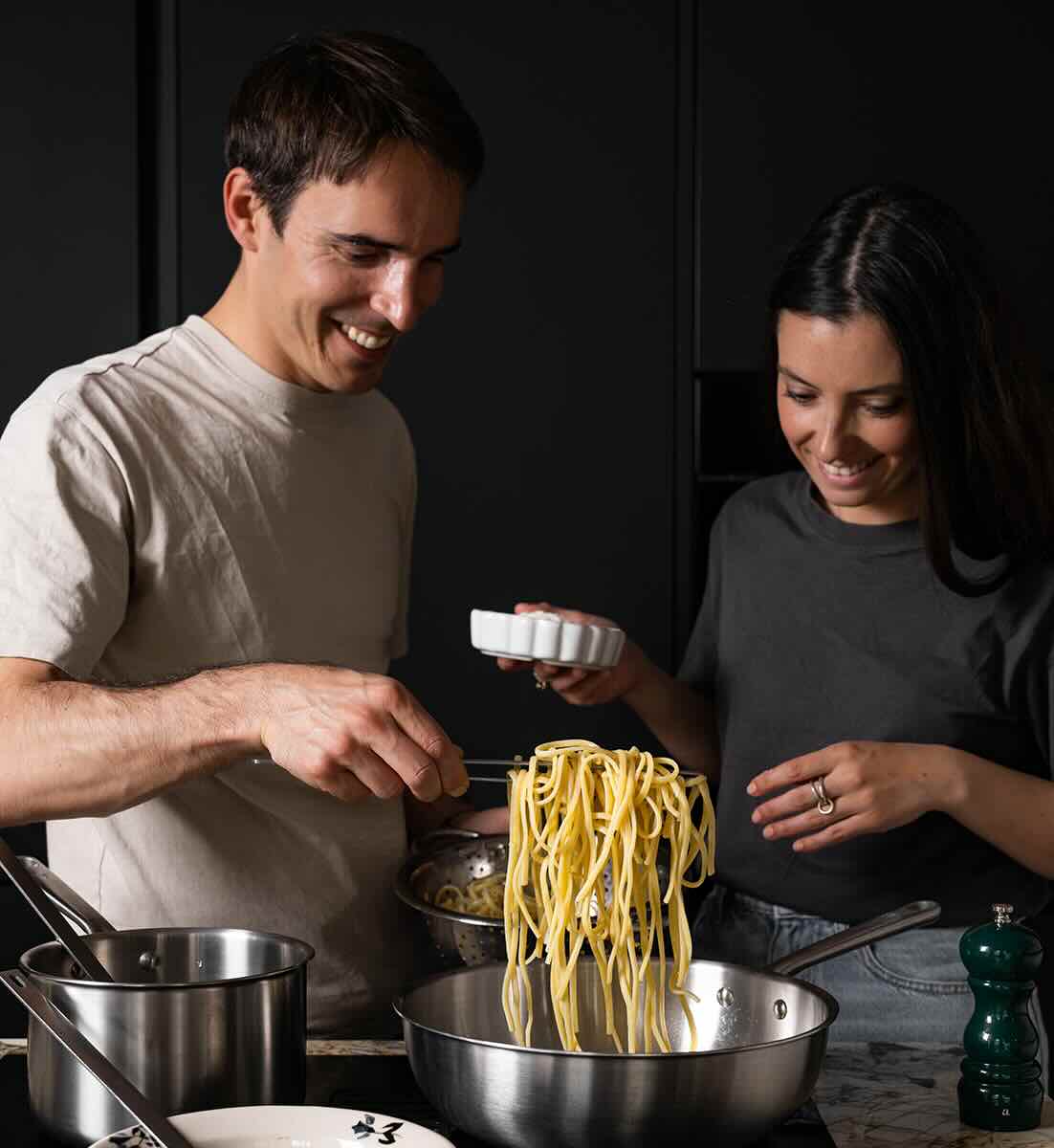
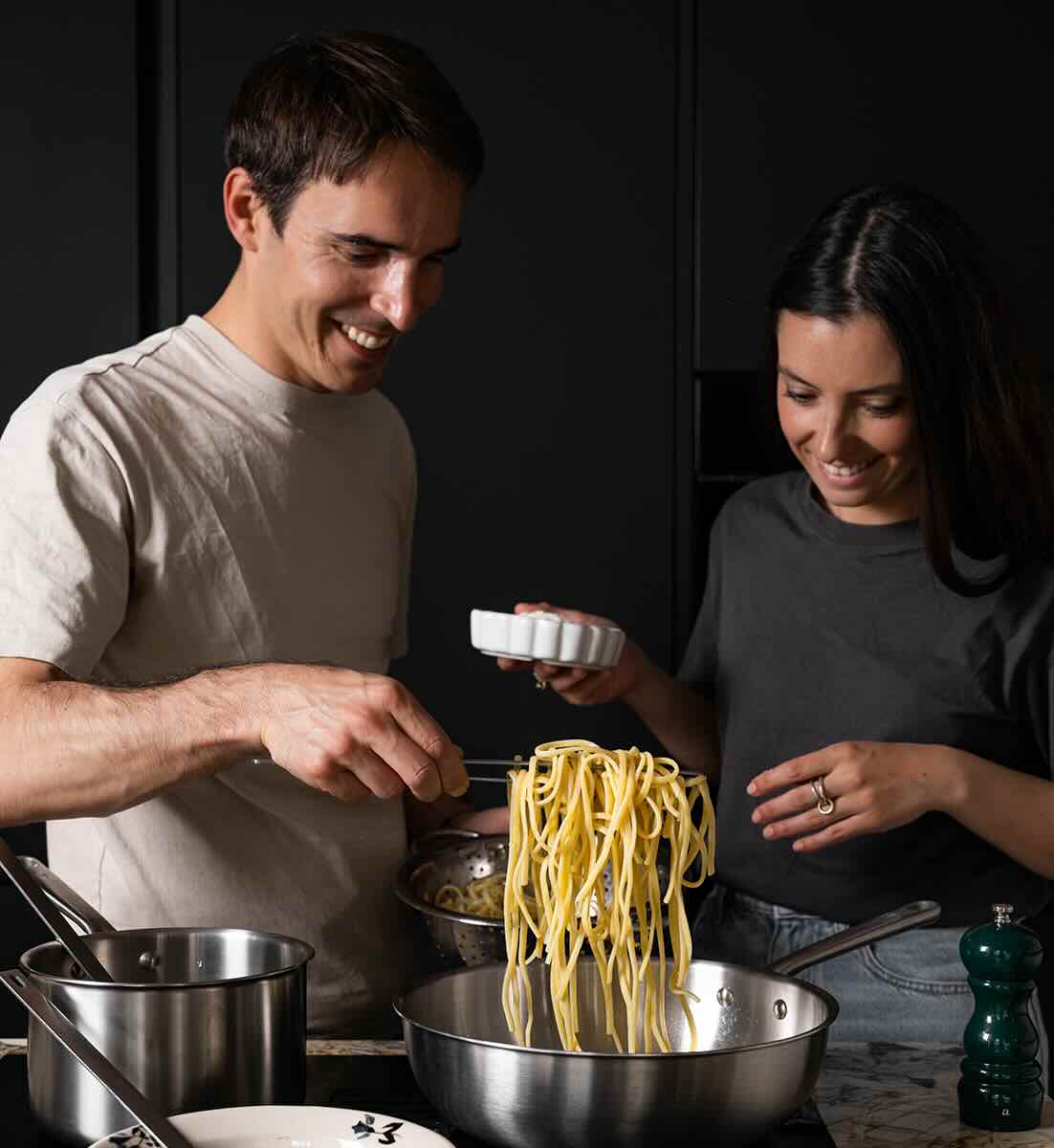


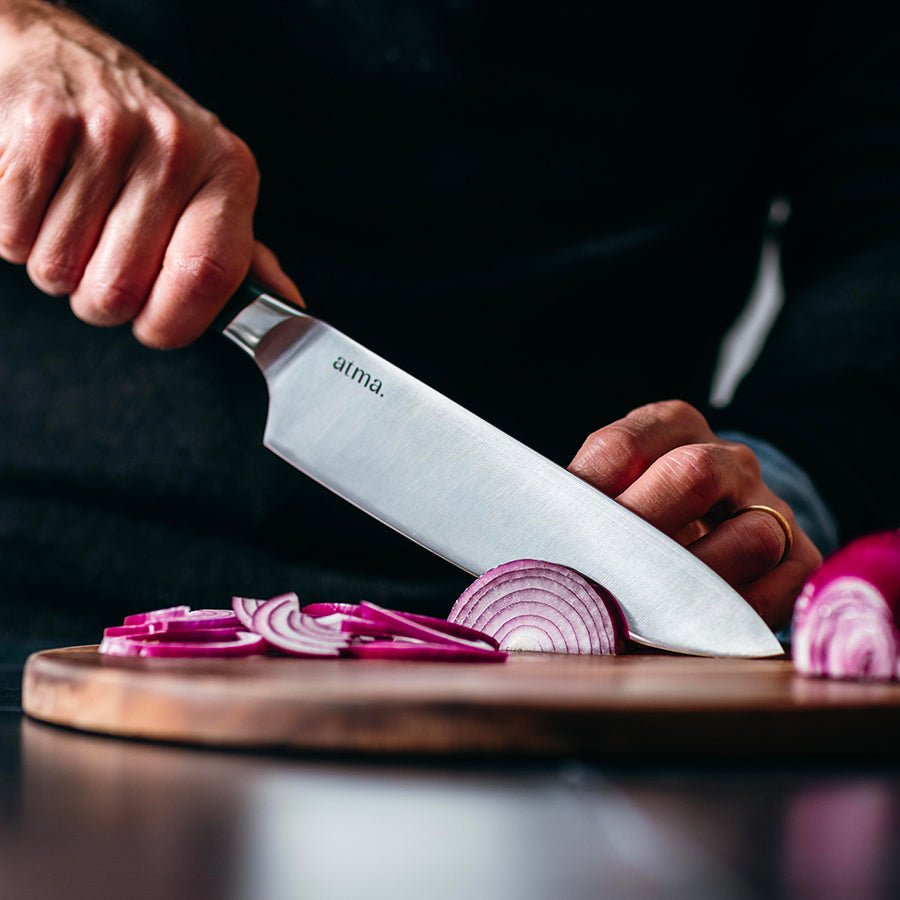
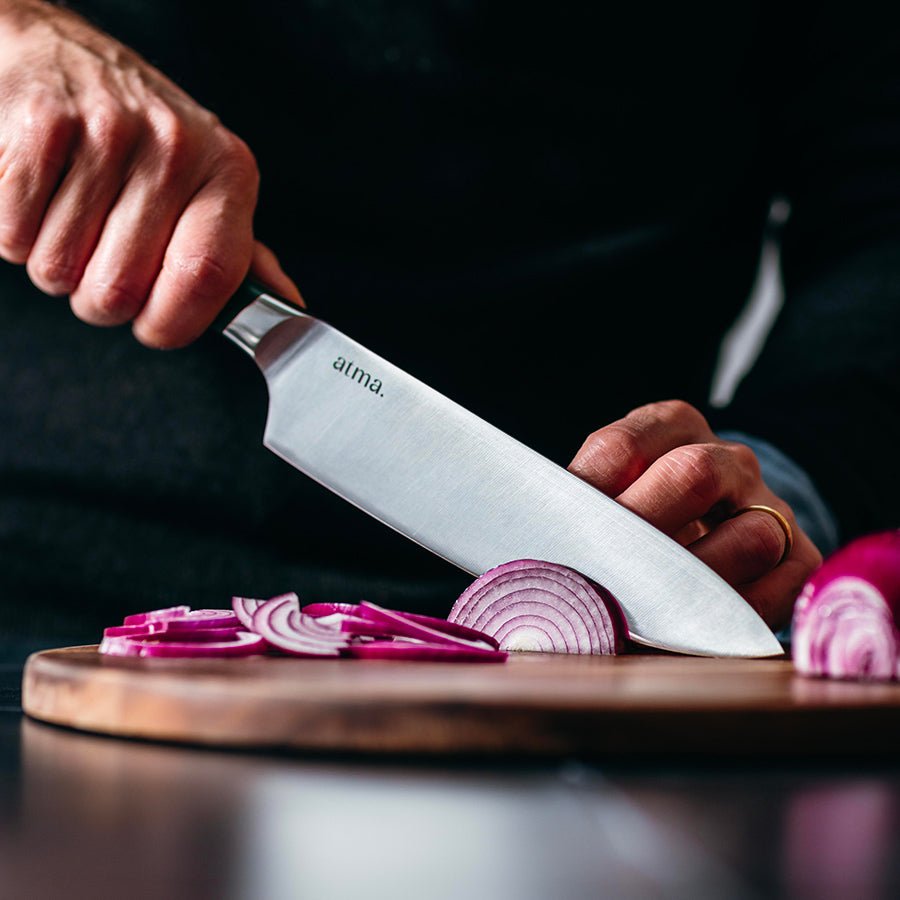

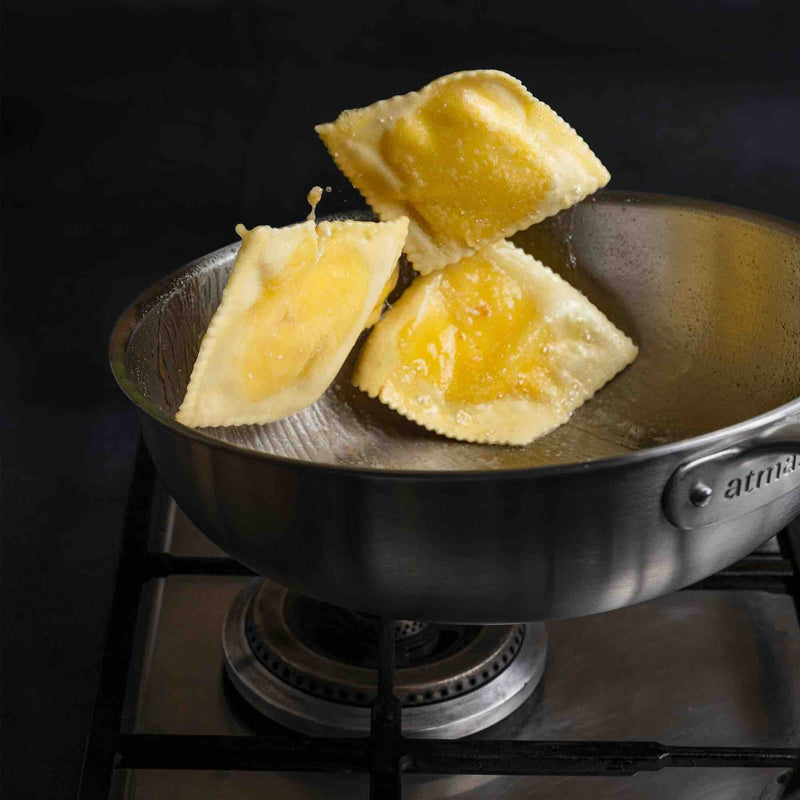
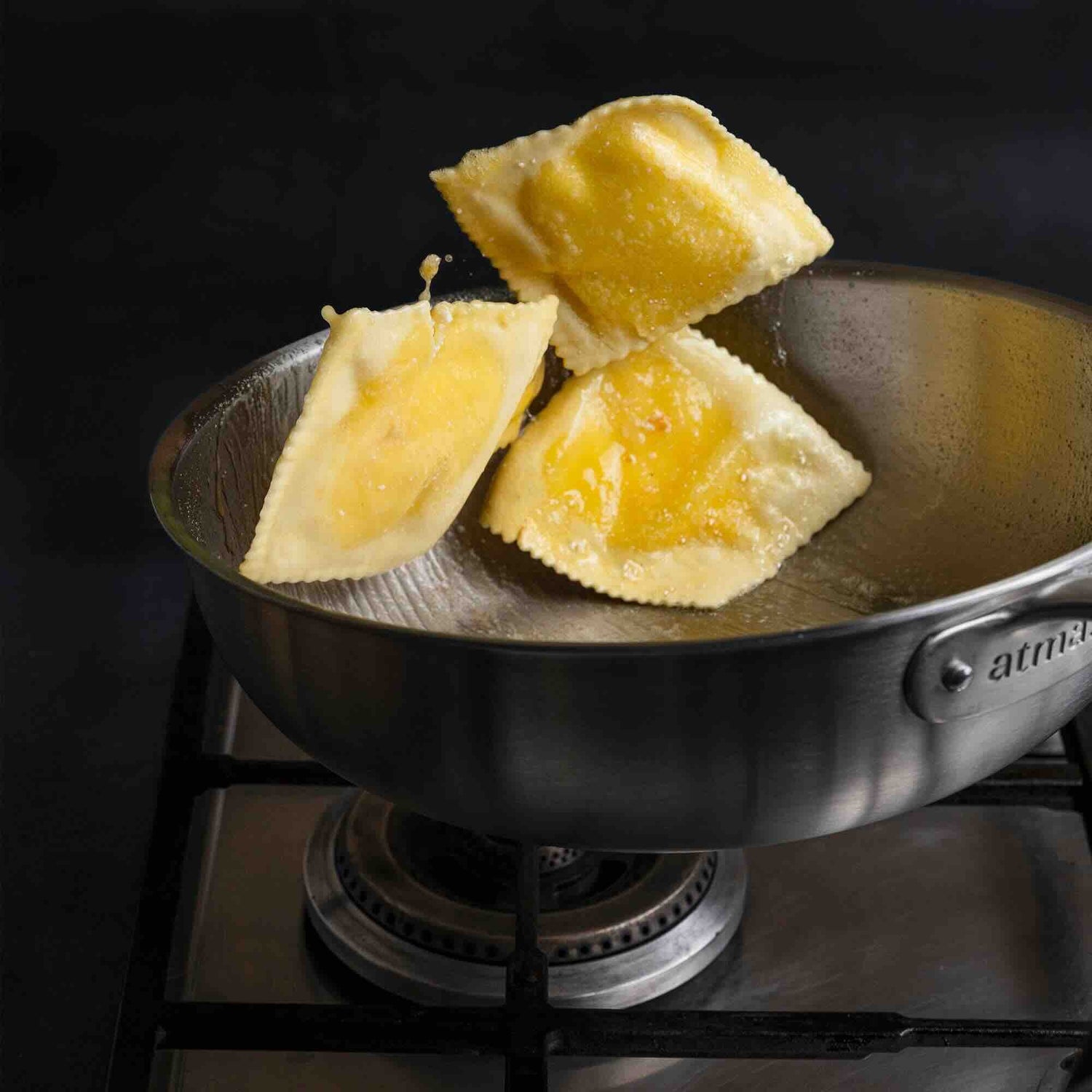
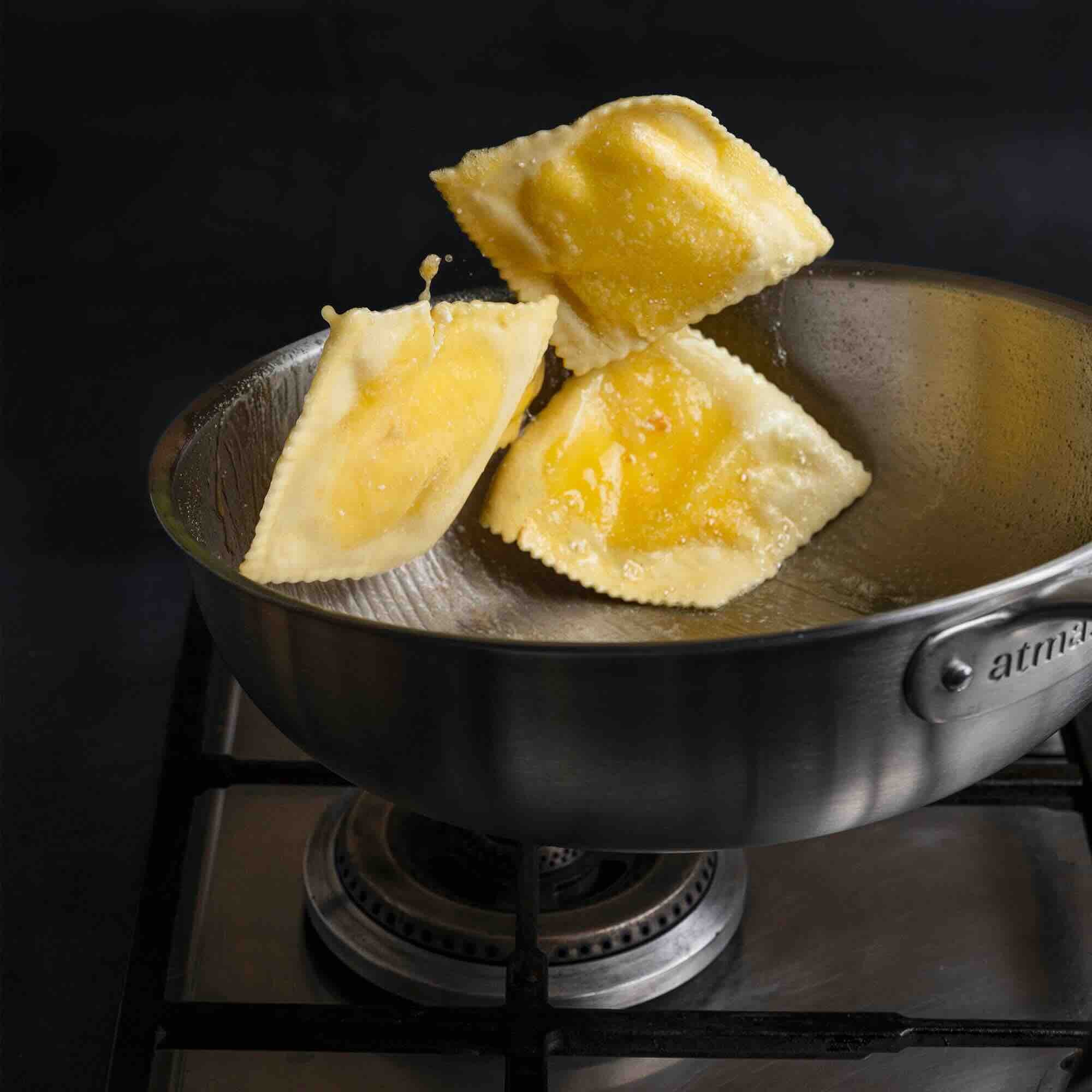




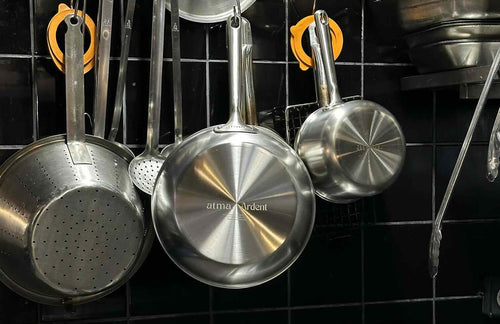

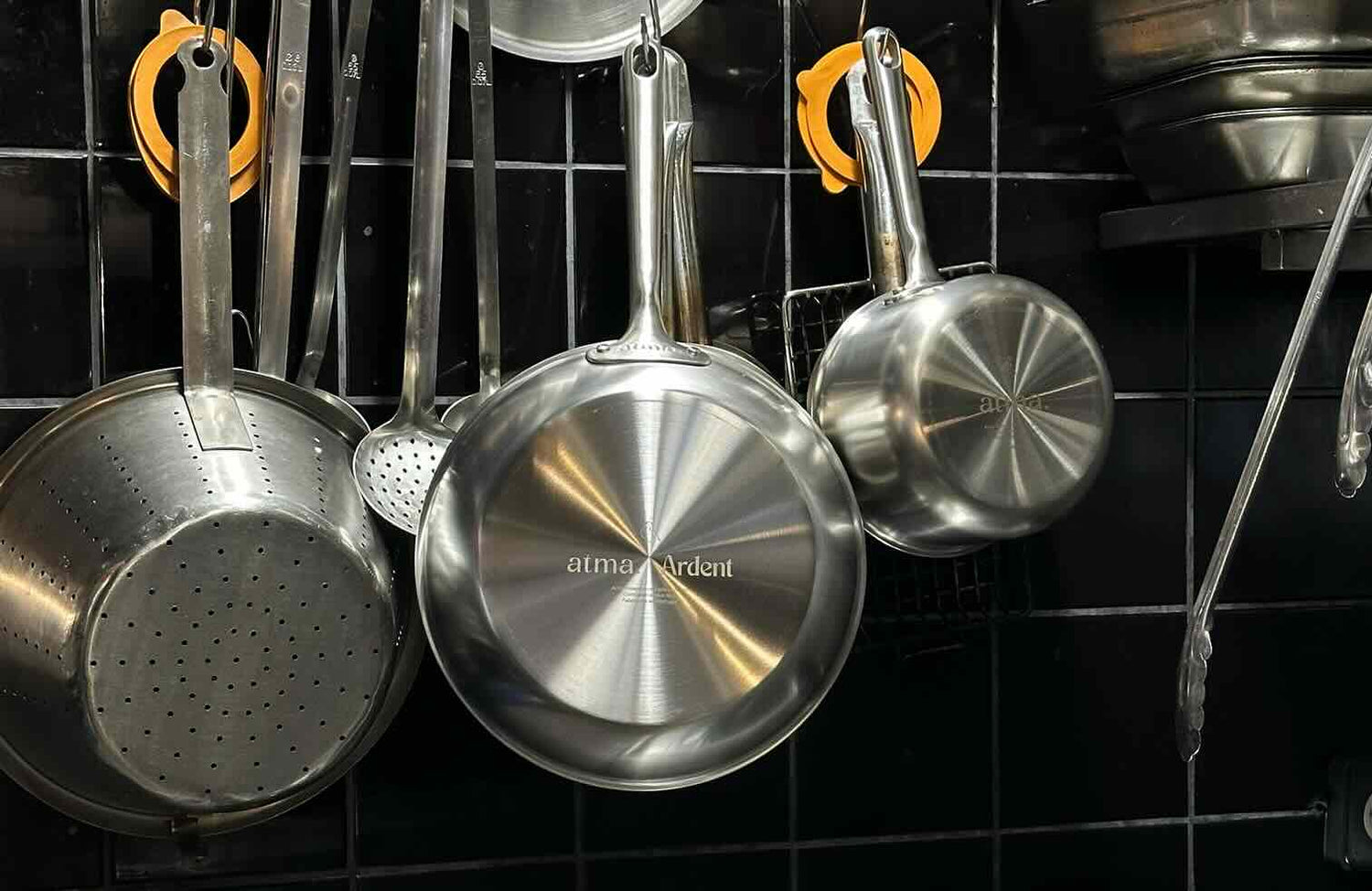
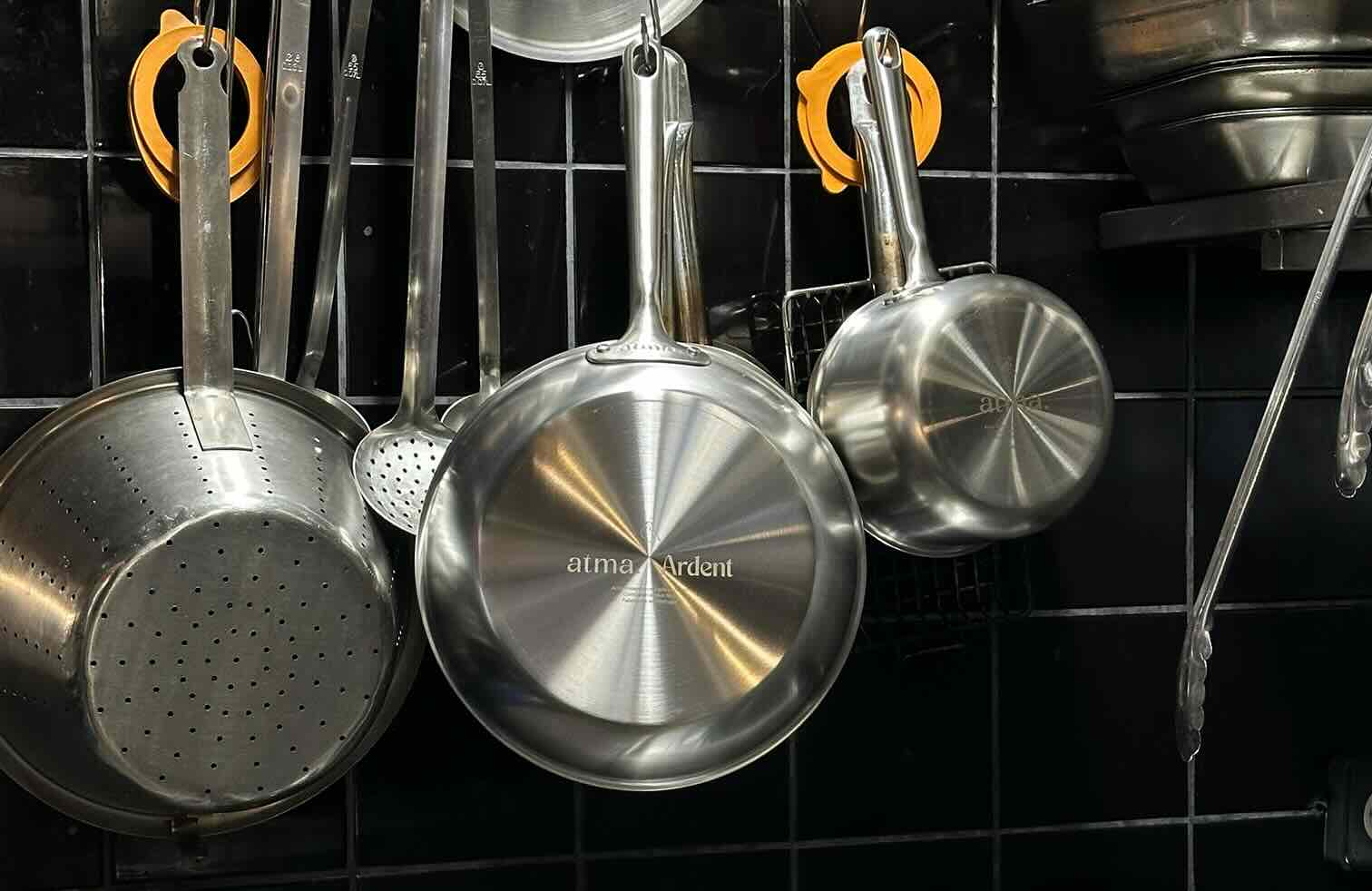

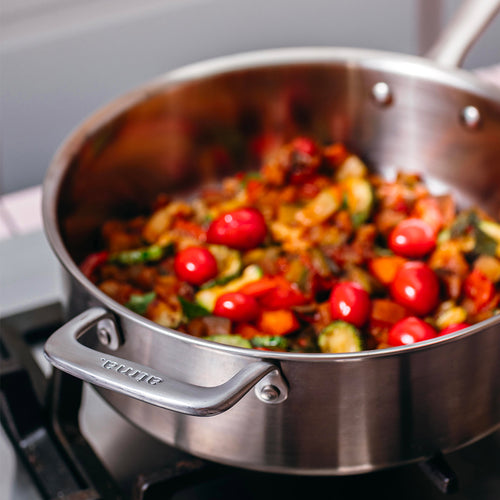
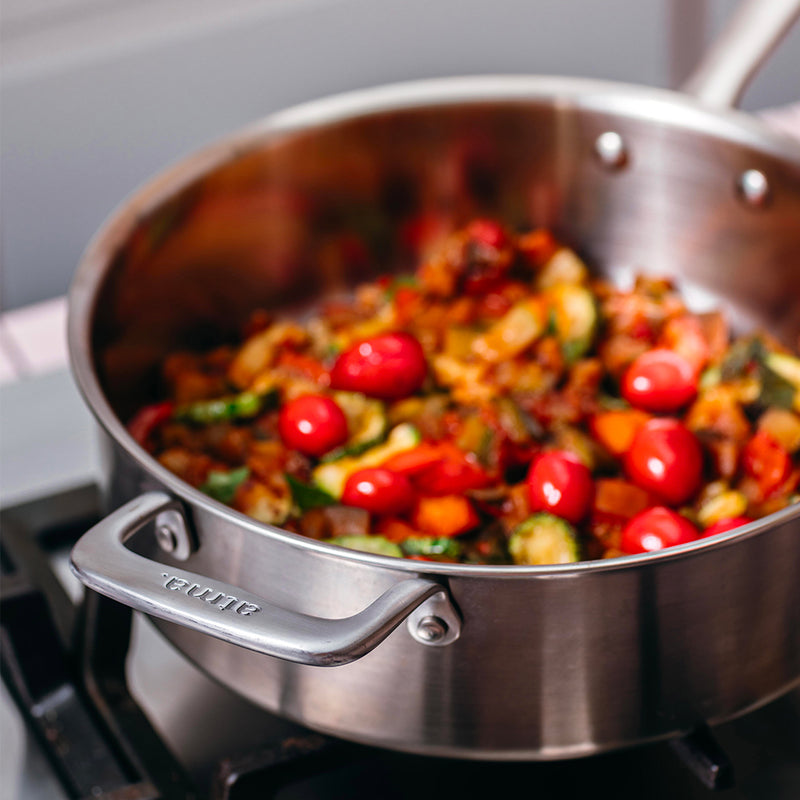
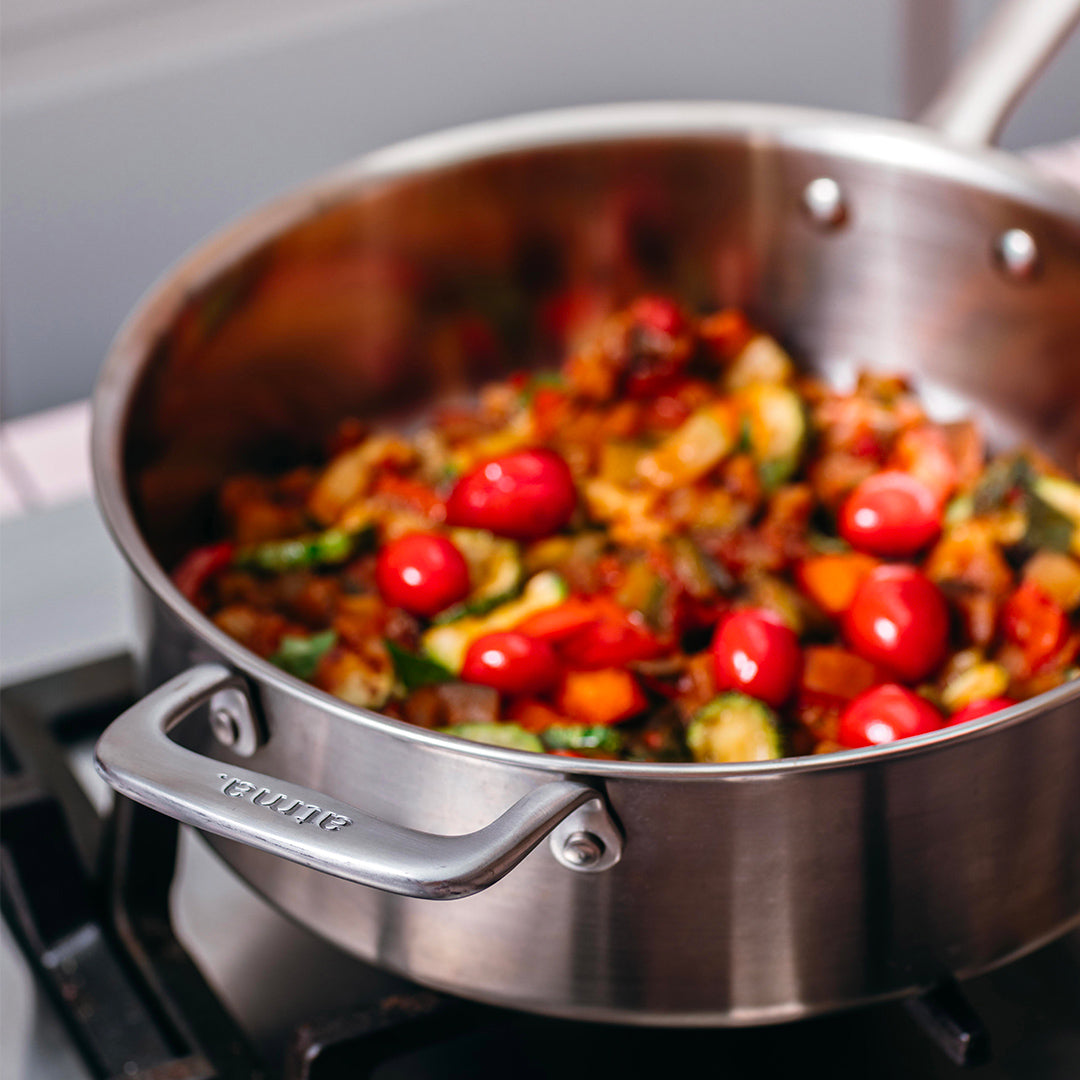
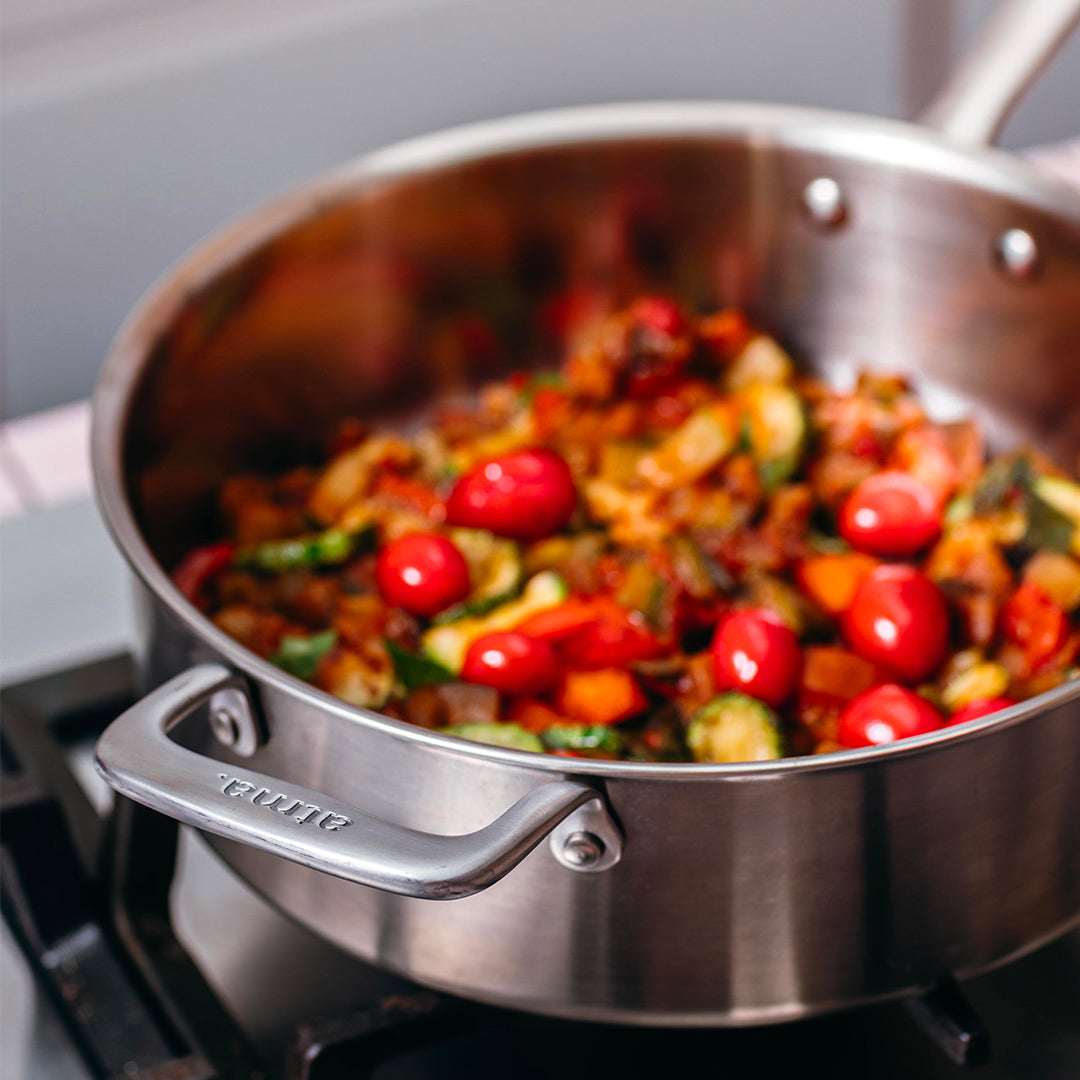
![[CLAIR]](http://atmakitchenware.com/cdn/shop/files/le-duo-de-sauteuses-ideales-561270.jpg?crop=center&height=500&v=1761729951&width=500)
![[CLAIR]](http://atmakitchenware.com/cdn/shop/files/le-duo-de-sauteuses-ideales-561270.jpg?crop=center&height=800&v=1761729951&width=800)
![[CLAIR]](http://atmakitchenware.com/cdn/shop/files/le-duo-de-sauteuses-ideales-561270.jpg?crop=center&height=1500&v=1761729951&width=1500)
![[CLAIR]](http://atmakitchenware.com/cdn/shop/files/le-duo-de-sauteuses-ideales-561270.jpg?crop=center&height=2000&v=1761729951&width=2000)
